Earlier this week, Air New Zealand unveiled its first-ever retrofitted Boeing 787-9 Dreamliner, which will take to the skies on 19 May 2025 serving routes between Auckland and Brisbane, San Francisco, Rarotonga, and Vancouver.
The retrofitted aircraft features brand new seats across all three cabins, as well as new carpets, overhead bins and lavatories. Between now and the end of 2026, 13 more B787-9s will be retrofitted, and two more B787-9s will be delivered with the new cabins factory-installed.
 |
||
| ✈️ Air New Zealand New B787-9 |
||
| Seat | Configuration | Seat Pitch |
| Business Premier Luxe | Row 1 (4 seats) | Full-flat bed |
| Business Premier | Rows 2-7 (22 seats) | Full-flat bed |
| Premium Economy | Rows 22-27 (33 seats) | 41-42″ |
| Economy | Rows 34-60 (213 seats) | 31-33″ |
| Economy Stretch | Rows 34-36 Row 37 seats ABC |
32-33″ |
| Economy Skycouch | Rows 38 to 42 seats ABC Rows 37 to 40 seats HJK Rows 47 to 48 seats ABC and HJK |
32-33″ |
I attended the media preview of this aircraft in Auckland, so be sure to check out my other post for a hands-on look at all the new features in Business, Premium Economy and Economy Class.
In this post, I want to focus specifically on Business Premier—Air New Zealand’s Business Class product—and what premium travellers can expect from the new cabin experience.
Air New Zealand’s current Business Premier seat
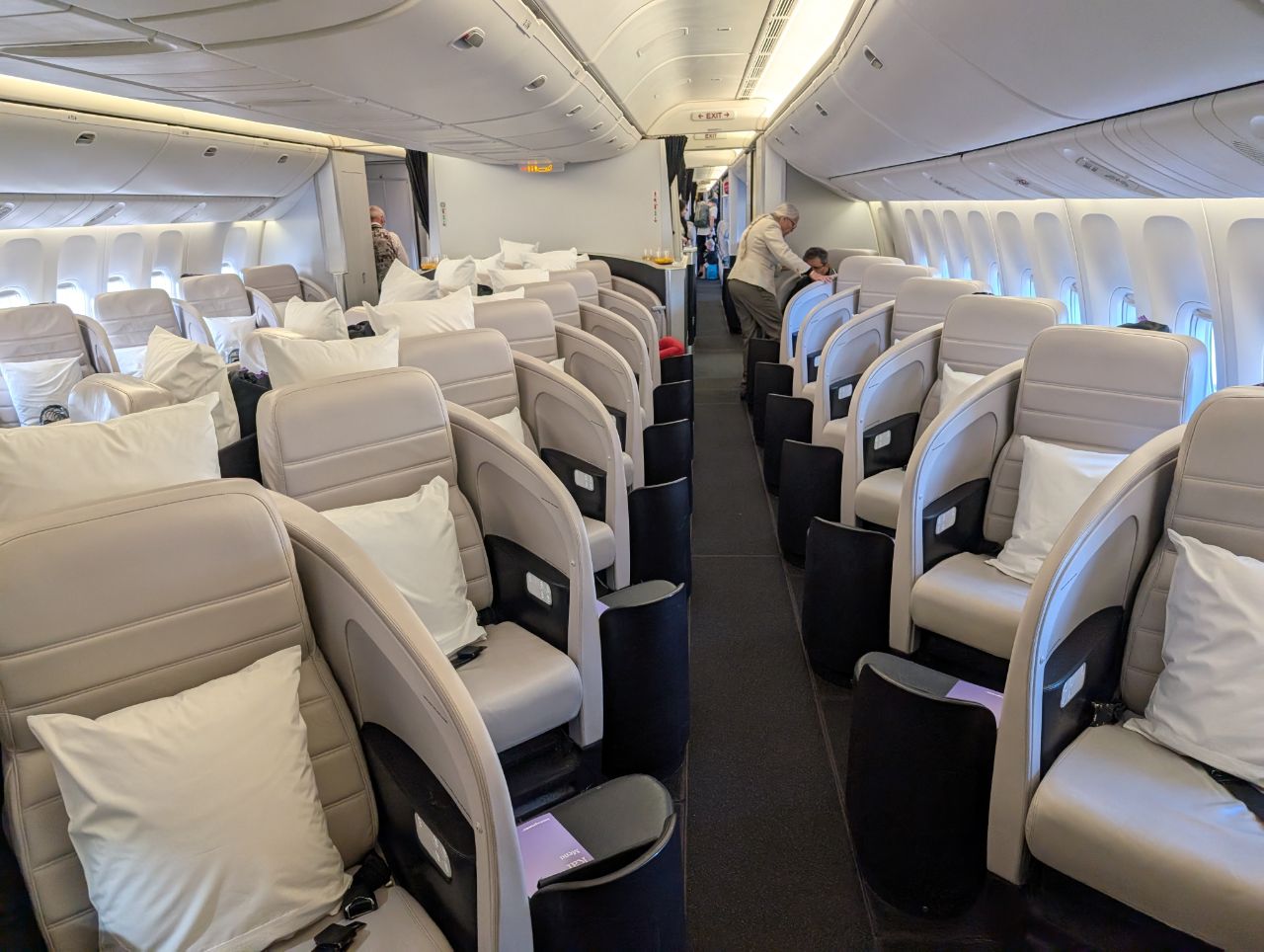
To fully appreciate why the new Business Premier seat is such a welcome upgrade, it’s important to first understand what it’s replacing.
Air New Zealand’s current long-haul Business Premier seat — the Zodiac UCS3, found on its B787-9 and B777-300ER aircraft — is more than 20 years old, having been introduced in 2005 under license from Virgin Atlantic (who themselves debuted it in 2003).


A full-flat bed and direct aisle access might have been considered revolutionary at the time (even Singapore Airlines didn’t offer that until late 2006), but the industry has long since moved on, and today the seat looks like a relic.
I mean, where do I even begin?
- There’s virtually no privacy, as you face the aisle at a whopping 49 degrees to the airplane centreline. Every one of your cabin mates (and their feet) are in clear view
- There’s almost no storage space, except for a small pocket beneath the inflight entertainment screen
- The inflight entertainment screen folds into the wall, and cannot be deployed during taxi, take-off and landing
- The flip-down cocktail table is positioned at your elbow, a perfect recipe for spills
- Aside from Singapore Airlines’ 2013 Business Class seat, this is the only seat I know of that requires flipping over to convert it to bed mode. But unlike Singapore Airlines, this action cannot be easily performed by the passenger, and invariably requires crew assistance
- The tray table cannot be deployed when the seat is in bed mode
While it might have been possible to overlook these issues in the early noughties, customers are a lot less forgiving today.
Air New Zealand’s new Business Premier cabin

Air New Zealand has a total of 26 Business Premier seats on its retrofitted B787-9s, four of which belong to the Business Premier Luxe variant (the two B787-9s factory-fitted with the new cabins will increase this to 42 Business Premier seats, including eight Business Premier Luxe variants).
The cabin is configured in a 1-2-1 layout, providing every passenger with direct aisle access.
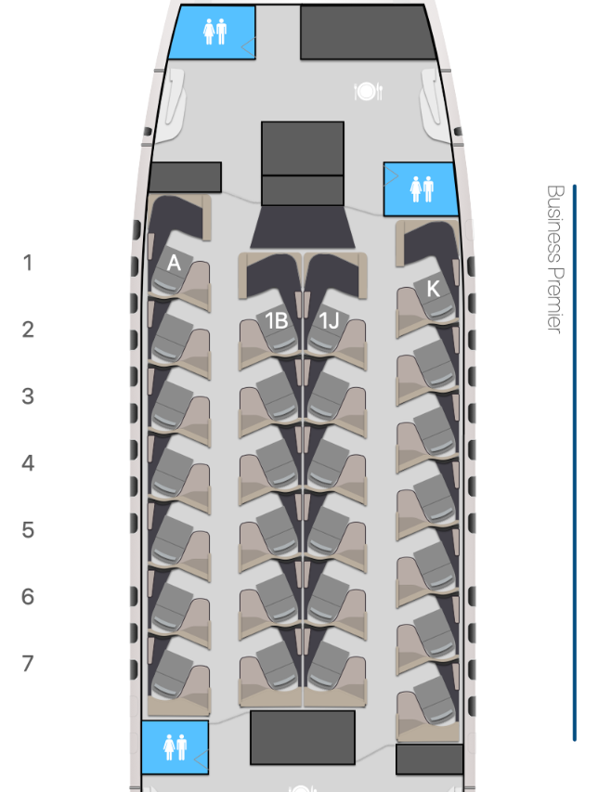
Seats are arranged in a herringbone configuration, and each seat is separated from the aisle by a side console that contains the footrest of the passenger behind.
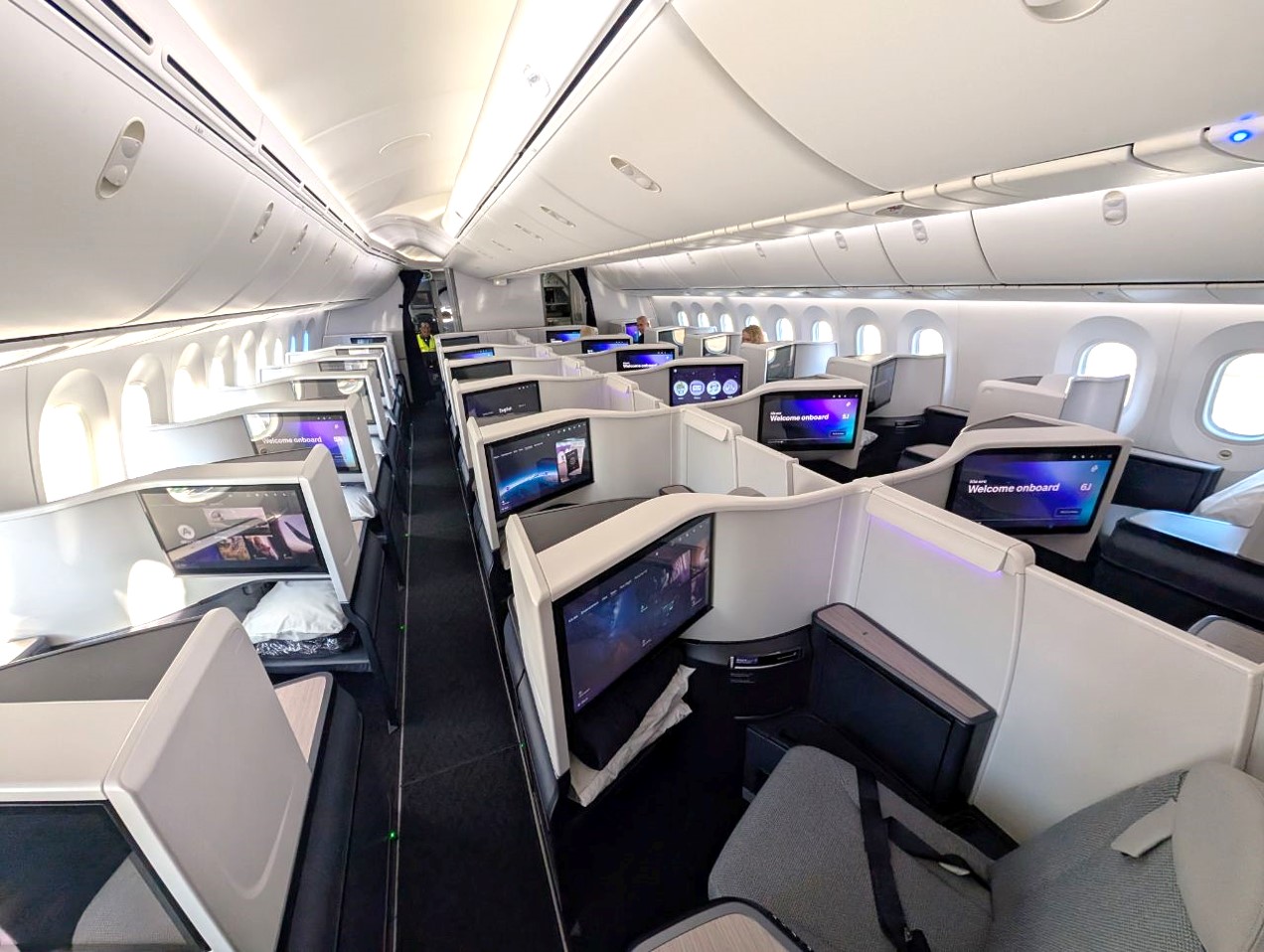

Standard features for all seats include 24-inch 4K entertainment screens, adjustable reading lights, USB-A, USB-C and in-seat power sockets, and a wireless charging pad.

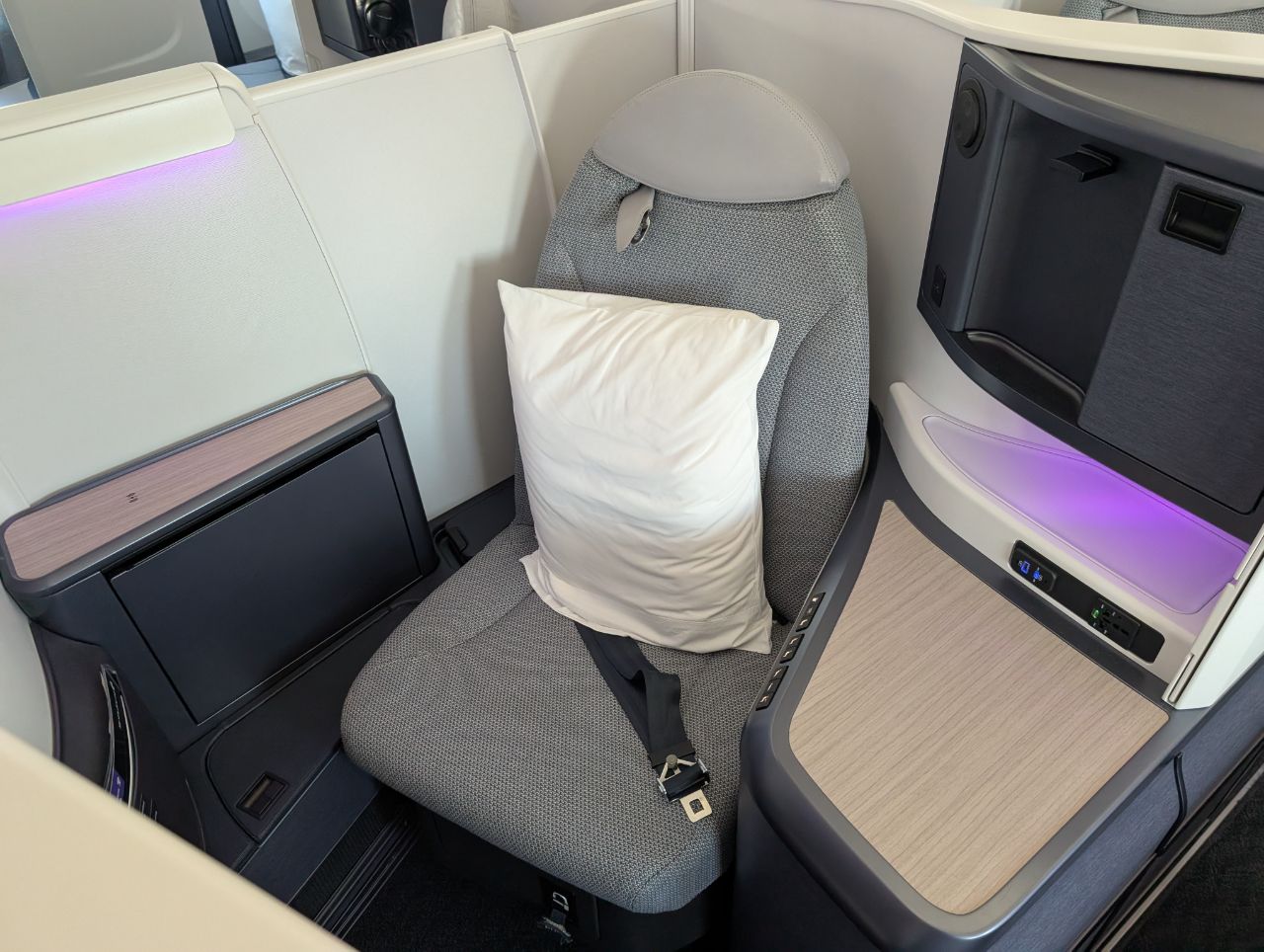

At 20.5 inches wide, the new Business Premier seats are certainly on the snug side. That said, it’s about what you can expect from a next-generation Business Class seat, and there are others out there which are even narrower.
| Product | Seat Width |
| SIA 2013 Business Class | 28″ |
| Etihad B787-9 | 22″ |
| Japan Airlines A350-1000 | 22″ |
| Qatar Qsuites | 21″ (B777), 21.5″ (A350) |
| British Airways Club Suites | 21″ |
| SIA 2018 Regional Business Class | 20″ |
| Malaysia Airlines A330neo | 19.7″ |
| STARLUX A350-900 | 19.6″ |
| Emirates A380-800 | 18.5″ |
For what it’s worth, when I sat in the seat, I didn’t find it particularly restrictive, as the side console is concaved in a way that provides extra room for your shoulders.
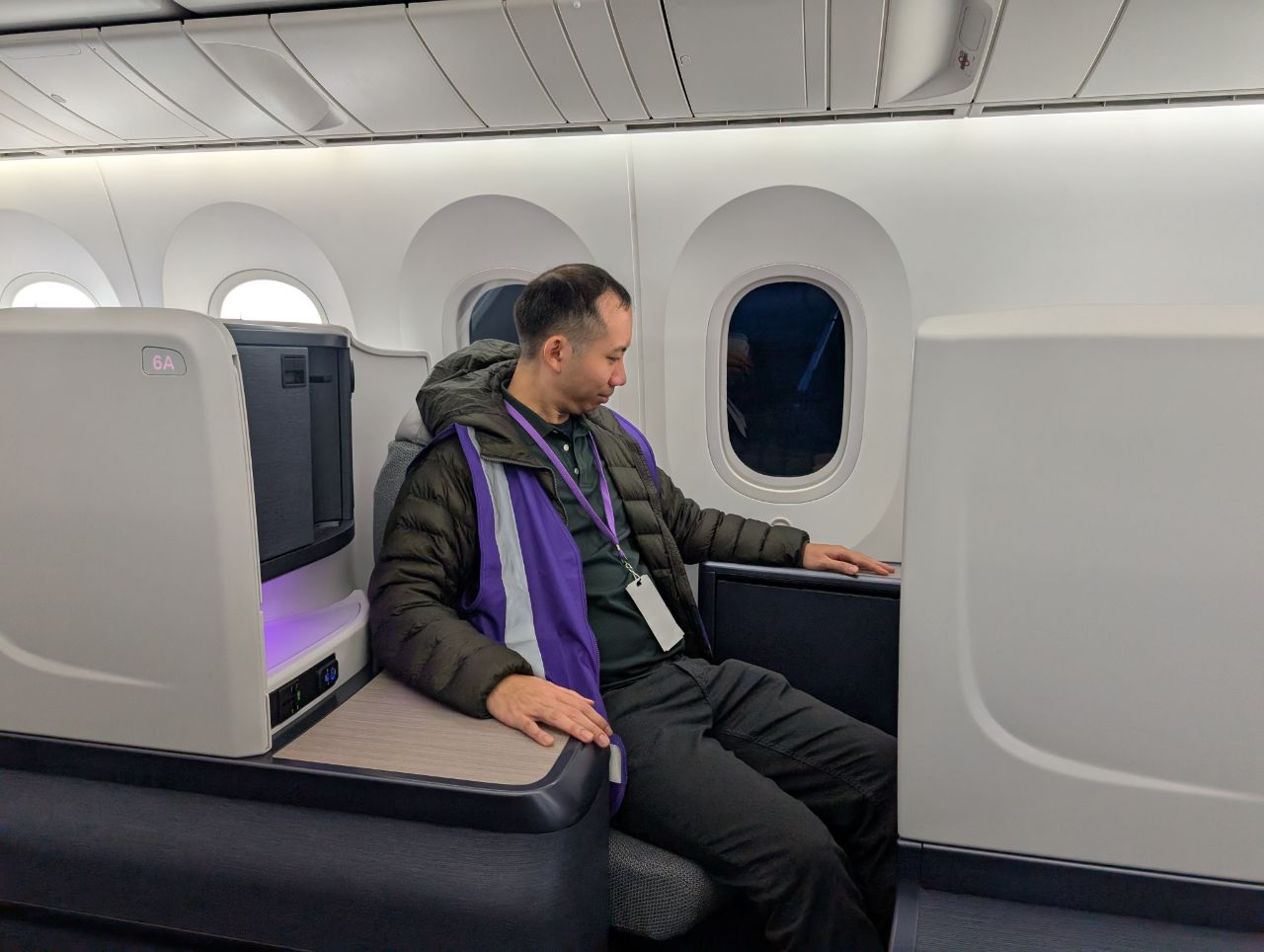
Herringbone layout

If you hated the extreme angulation of the old Business Premier seats, you’ll be relieved to know that’s a thing of the past. However, Air New Zealand has still stuck with a herringbone layout, which is a bold decision to say the least given the general customer preference for reverse herringbone.
Herringbone seats, after all, offer less privacy and inferior window views compared to reverse herringbone. But they also allow an airline to squeeze more seats into a smaller footprint, and that’s perhaps what tipped the scales in favour of maintaining the status quo.

Now, herringbone seats are not without their advantages. There’s more distance between your head and the aisle, and when sleeping, your feet aren’t crammed into a tiny footwell the way some reverse herringbone seats do.
But there’s a reason why reverse herringbone is a much more common configuration these days: passengers like their window views, and generally prefer to face away from the aisle most of the flight. So the choice to go herringbone is certainly swimming against the current.
No privacy doors
The other design decision that will set tongues wagging is the omission of what’s arguably table stakes for next generation Business Class seats: a privacy door.
The only doors you’ll find in the Business Premier cabin are on the Business Premier Luxe seats. The regular Business Premier seats have a small privacy divider, which slides out from the side console.

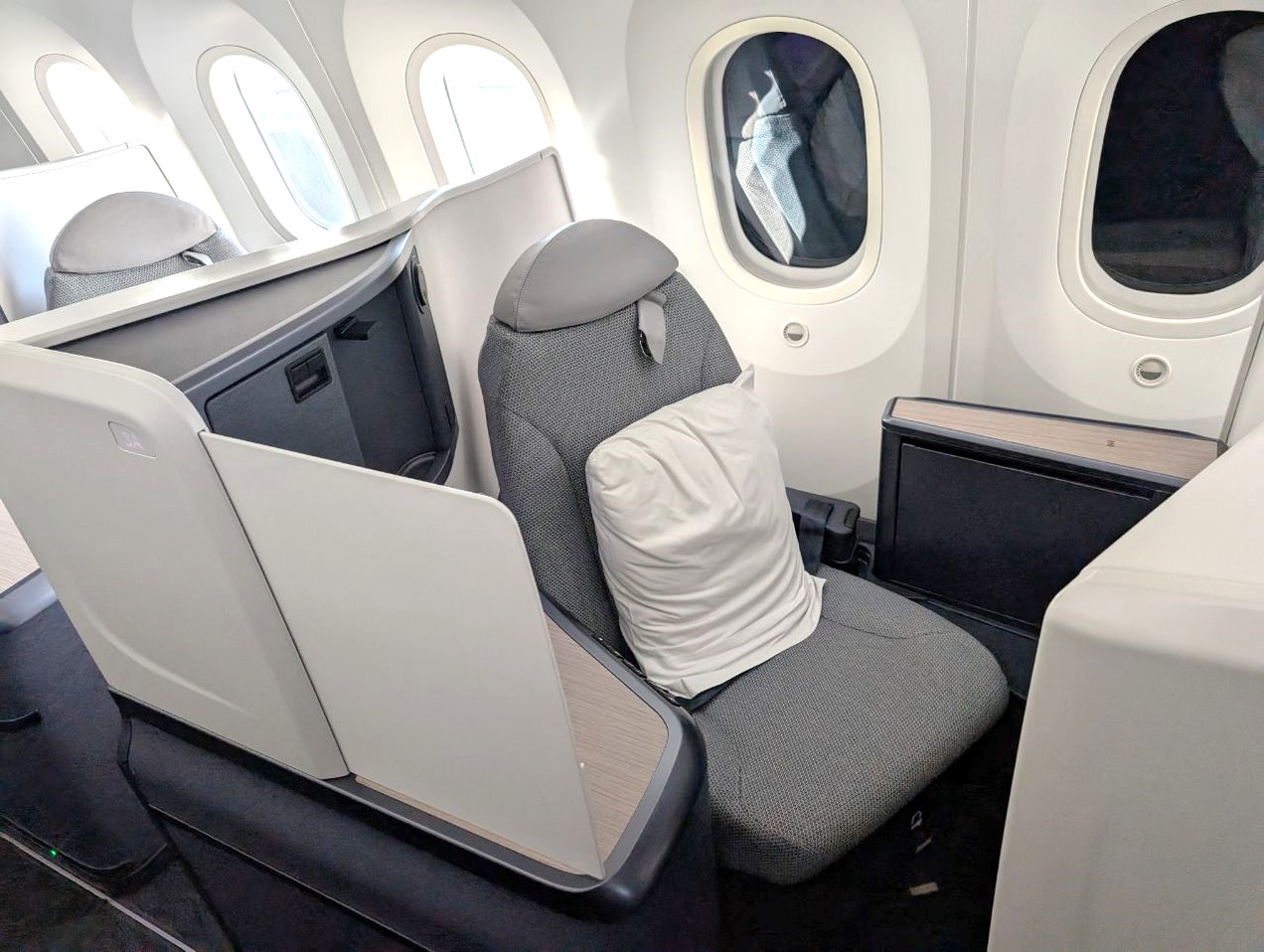
This does an OK job of shielding you from wayward glances, though passengers walking down the aisle will still be able to look into your seat (which is due to the height of the seat and its walls more than anything else).
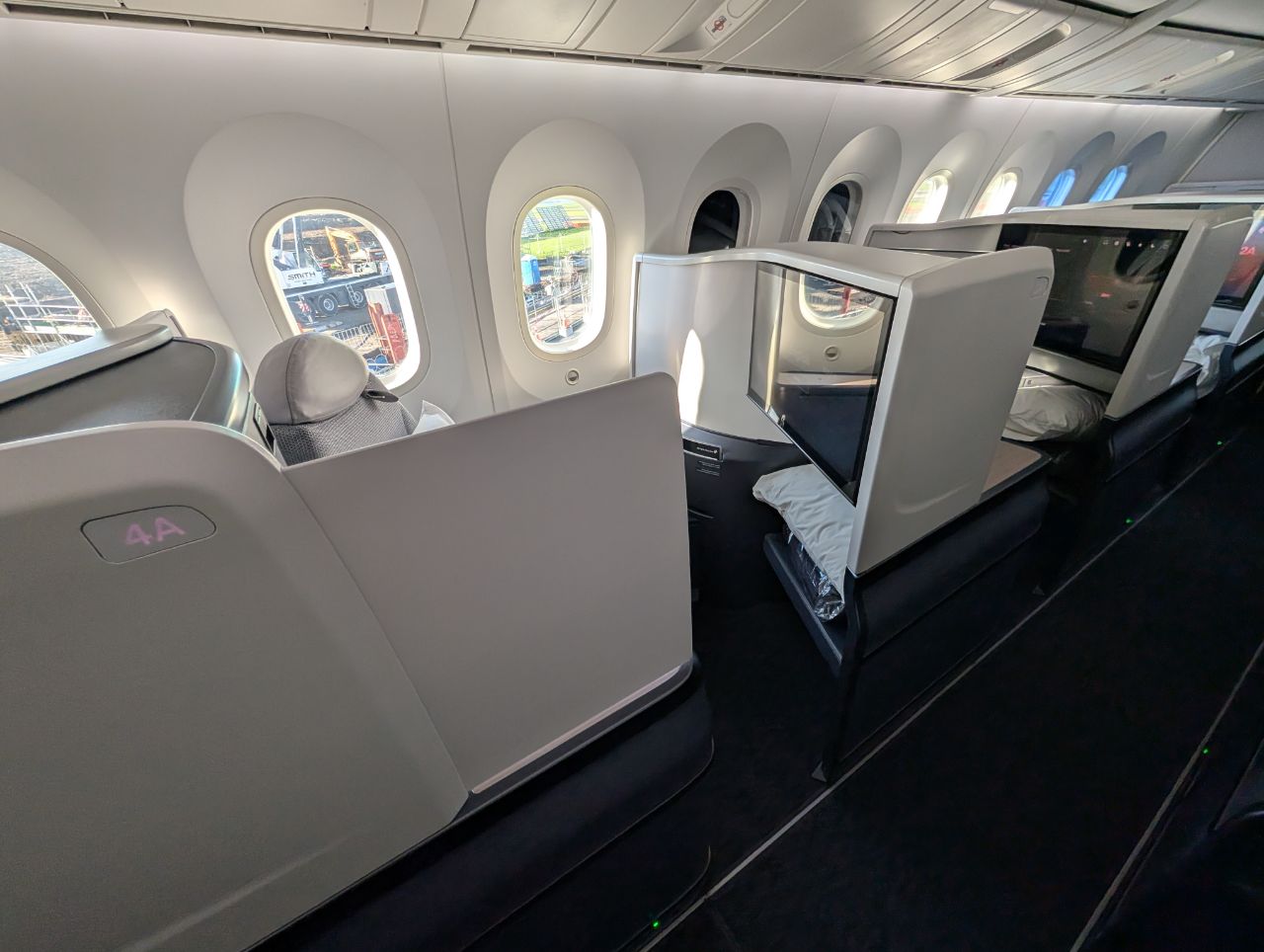
It’s much better for shielding you from the person across the aisle, though if you lean forward, as you’ll have to when interacting with the inflight entertainment system, you’ll become visible.
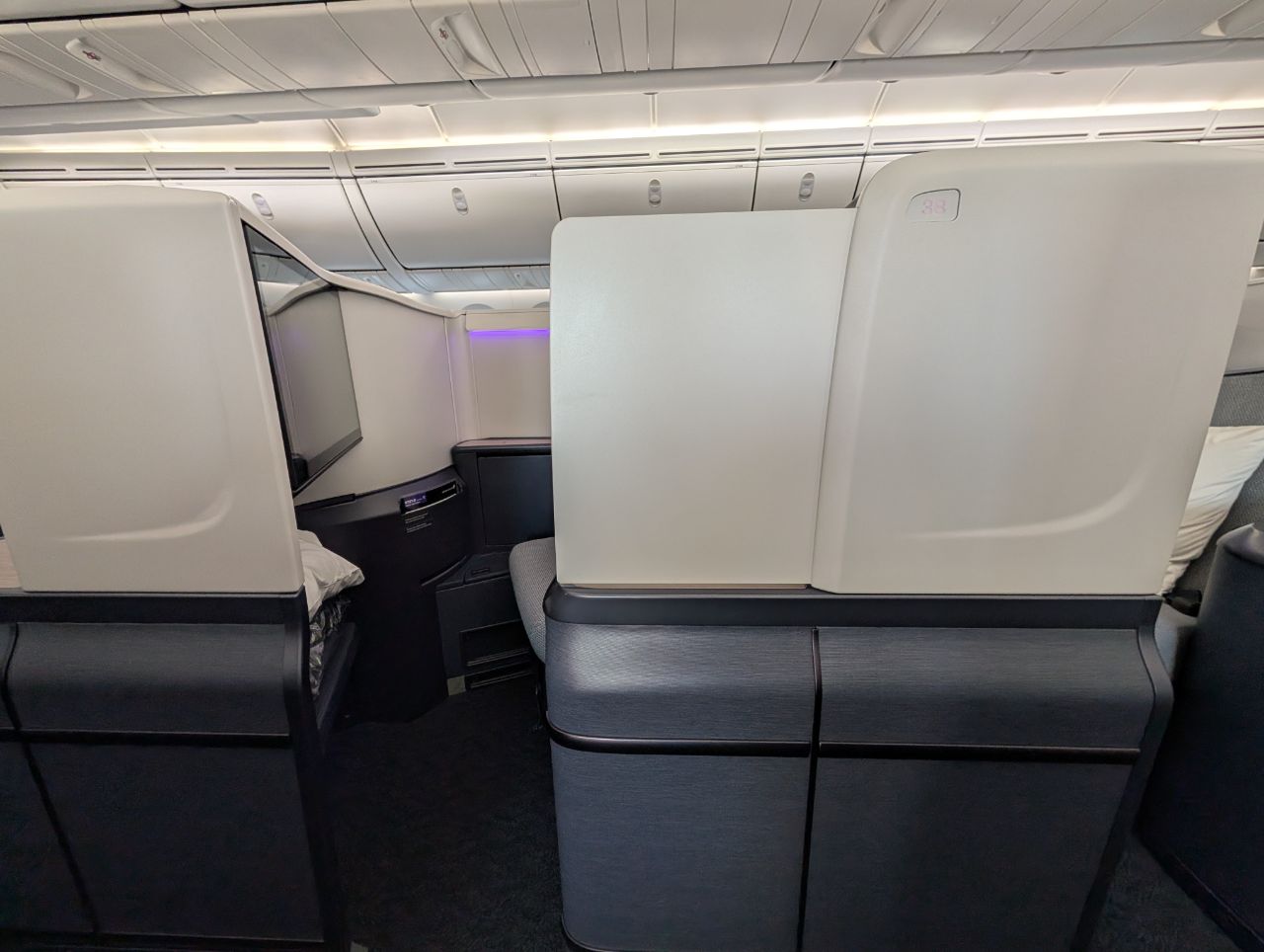
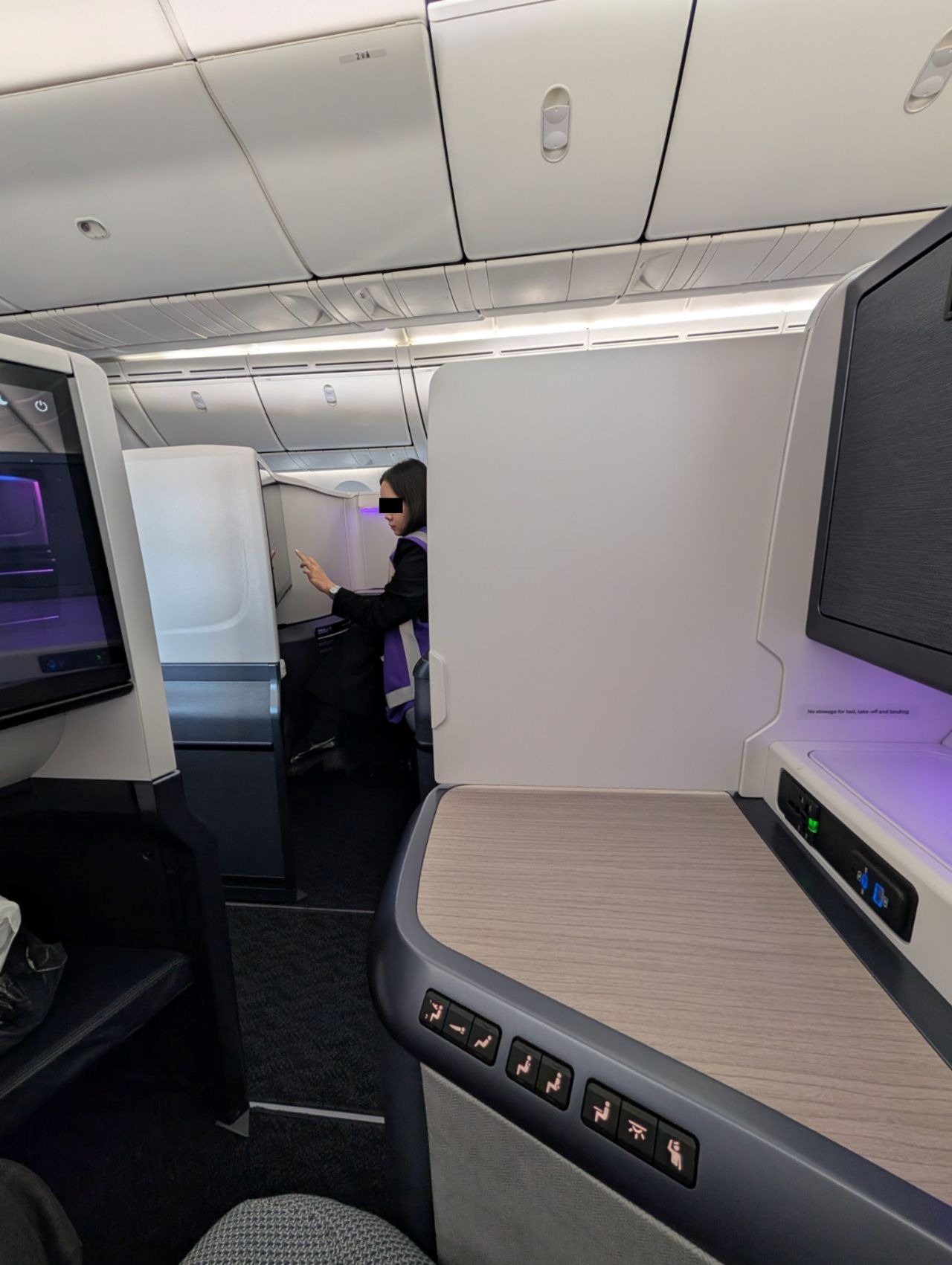
I realise there’s a vocal anti-door contingent out there (which feels contrarian for the sake of being contrarian; if you hate doors so much, just leave yours open), but I’m firmly on Team Door.
- Doors provide greater privacy, the extent to which depends on the implementation (some airlines build them too low), but even perceived privacy can be a psychological win for the passenger
- On a commercial aircraft where it’s all about real estate, doors help demarcate personal space and boundaries. Sort of like “This is my Business Class seat! There are many like it but this one is mine!”
- Some say that doors cause claustrophobia, but I personally enjoy the feeling of being in a snug space where I’m out of eyeshot of other passengers
- Doors provide a physical barrier against light pollution from inflight entertainment screens and some degree of noise absorption
- If you’re travelling with a companion, most seats with doors have an option to put down the centre privacy divider and turn the middle two seats into a personal little enclave
- Doors allow you to subtly signal to the crew that you wish to be left alone, in a way that might be a little less hostile than a bright red “do not disturb” light
- In this age of post-COVID hypochondria, some passengers may appreciate every barrier they can put between them and the rest of the cabin
From my discussions with Air New Zealand executives, the airline felt that customers valued their interactions with cabin crew, and a door would impede that ability. I get that, but I don’t quite follow the logic— if you prefer to be sociable, couldn’t you always keep your door open?
Moreover, this is the seat that’s going to stick around for decades to come. If the lack of a door feels strange now, that will only get worse in the future, when they become commonplace in Business Class cabins. But at the end of the day, doors add additional weight and complexity to the seats, which means additional fuel and maintenance costs, and not every airline may feel the trade-off with customer privacy is worth it.
Given the historical connection between Air New Zealand and Virgin Atlantic’s Business Class seats, it’s kind of funny that Virgin Atlantic has also decided against installing doors on their next gen Business Class, except for a single row of Business Plus seats called the Retreat Suite.
Couple-friendliness

While the publicity materials make much of the fact that middle seat customers can open up their seat to share the experience with a companion, you might want to temper your expectations.
Not only does the herringbone layout mean you’re facing away from each other throughout the flight, only part of the privacy divider can be retracted. This makes it difficult to interact with each other, apart from the occasional sideways glance.

An easier way of getting into bed mode
Unlike the old Business Premier seat, putting the new seat into bed mode is child’s play. At the press of a button, the seat converts into a 2-metre long full-flat bed- no crew assistance required. Passengers will continue to receive a memory foam mattress, pillows and duvets.
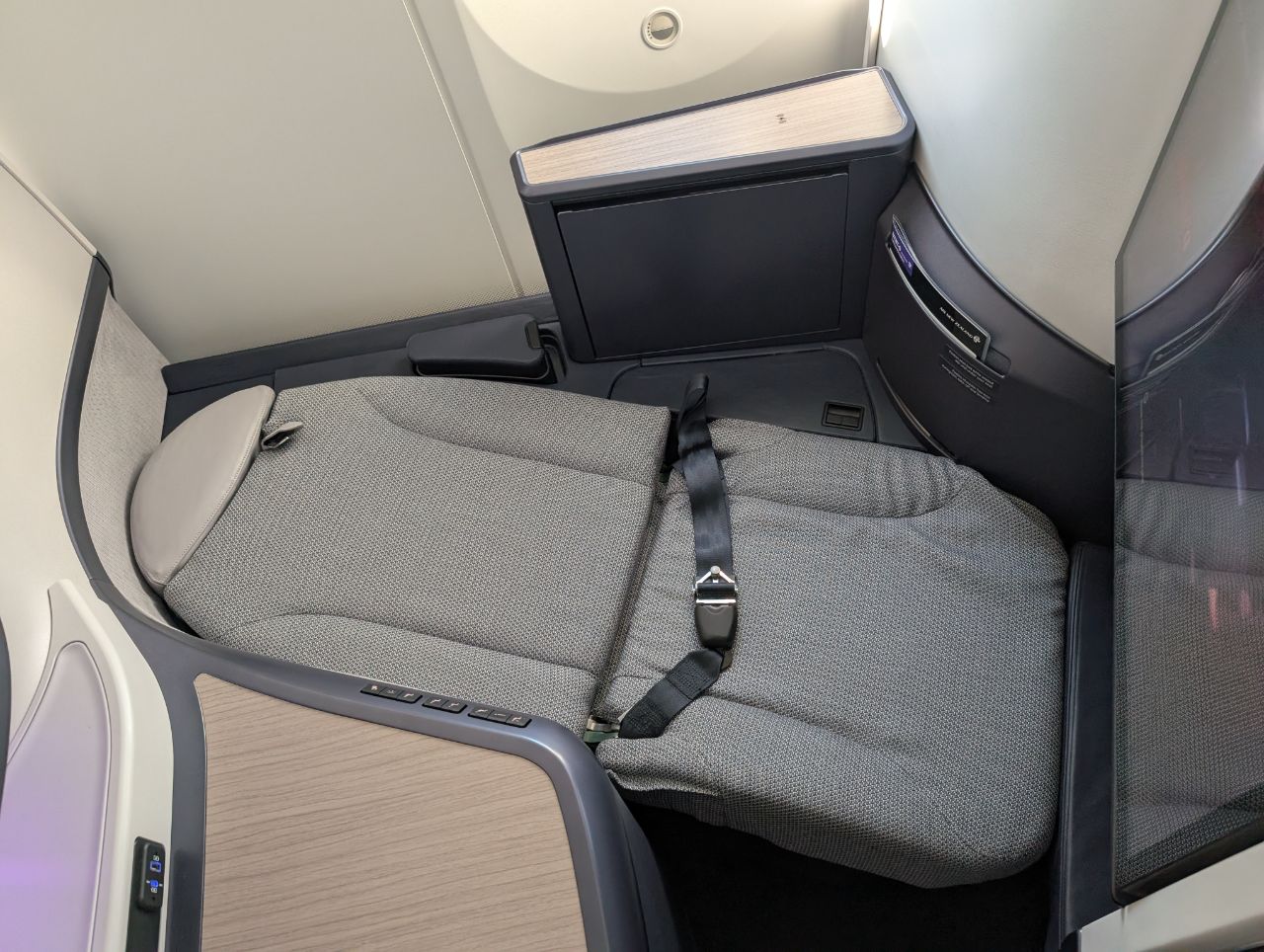
Those with OCD might notice that there is a slight misalignment of the end of the seat with the footwell, though in practice it doesn’t cause any issues.
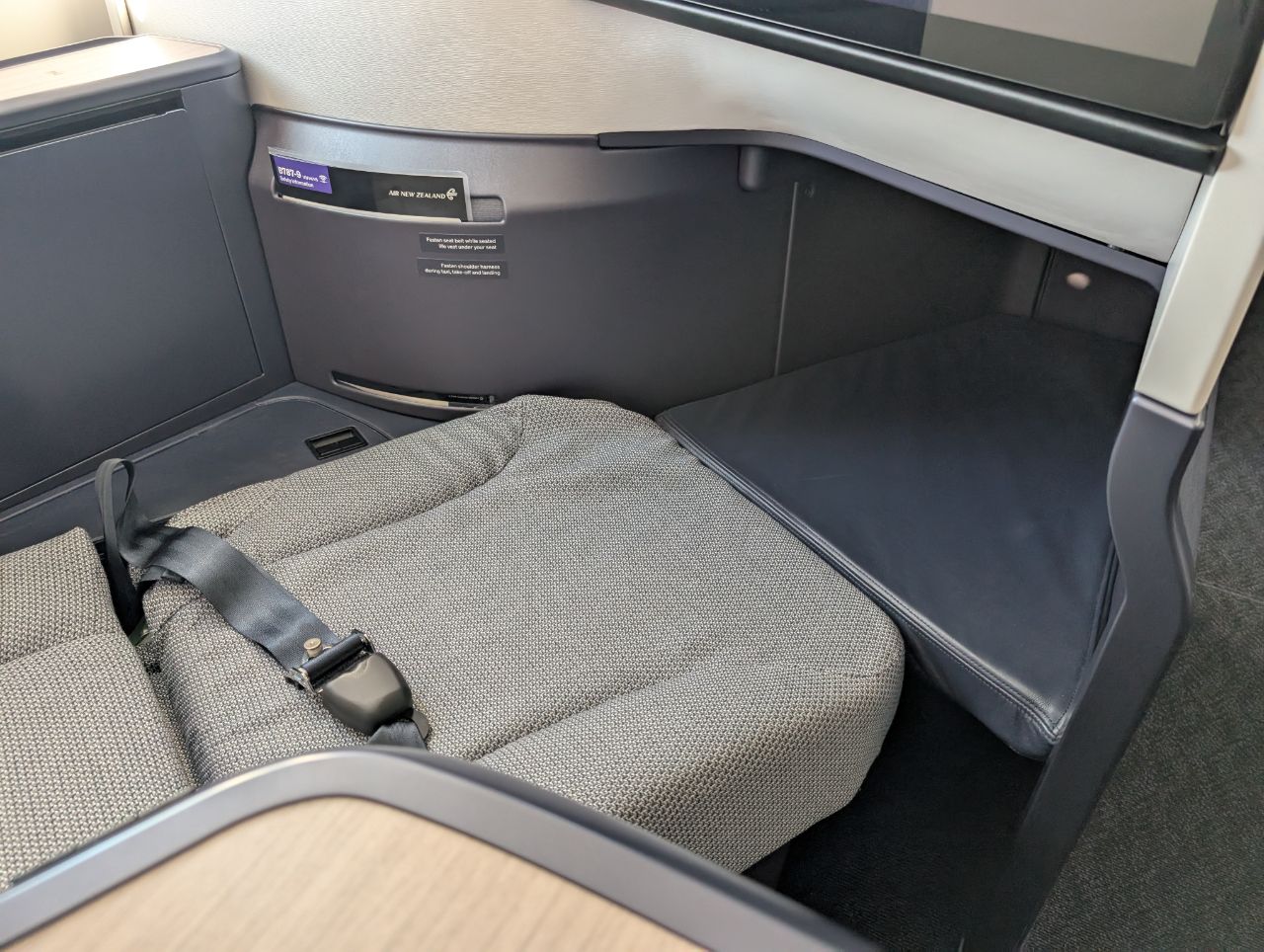
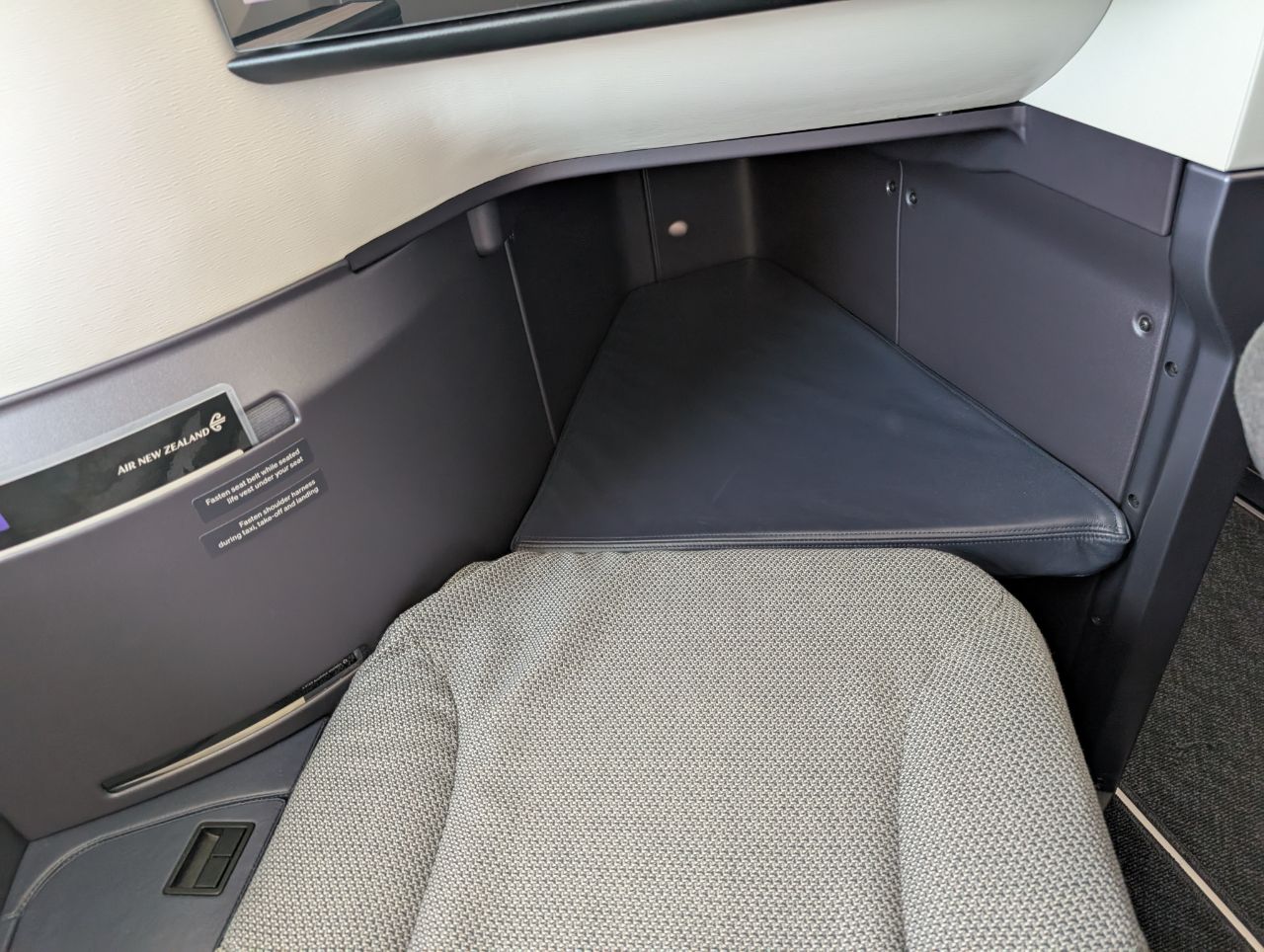
I know that from the photo above, it looks like the footwell narrows considerably towards the front, but you’re unlikely to notice it unless you’re very tall. In my case (1.8m), my feet didn’t extend that far into the footwell, certainly not enough to notice the narrowing.

Inflight entertainment system
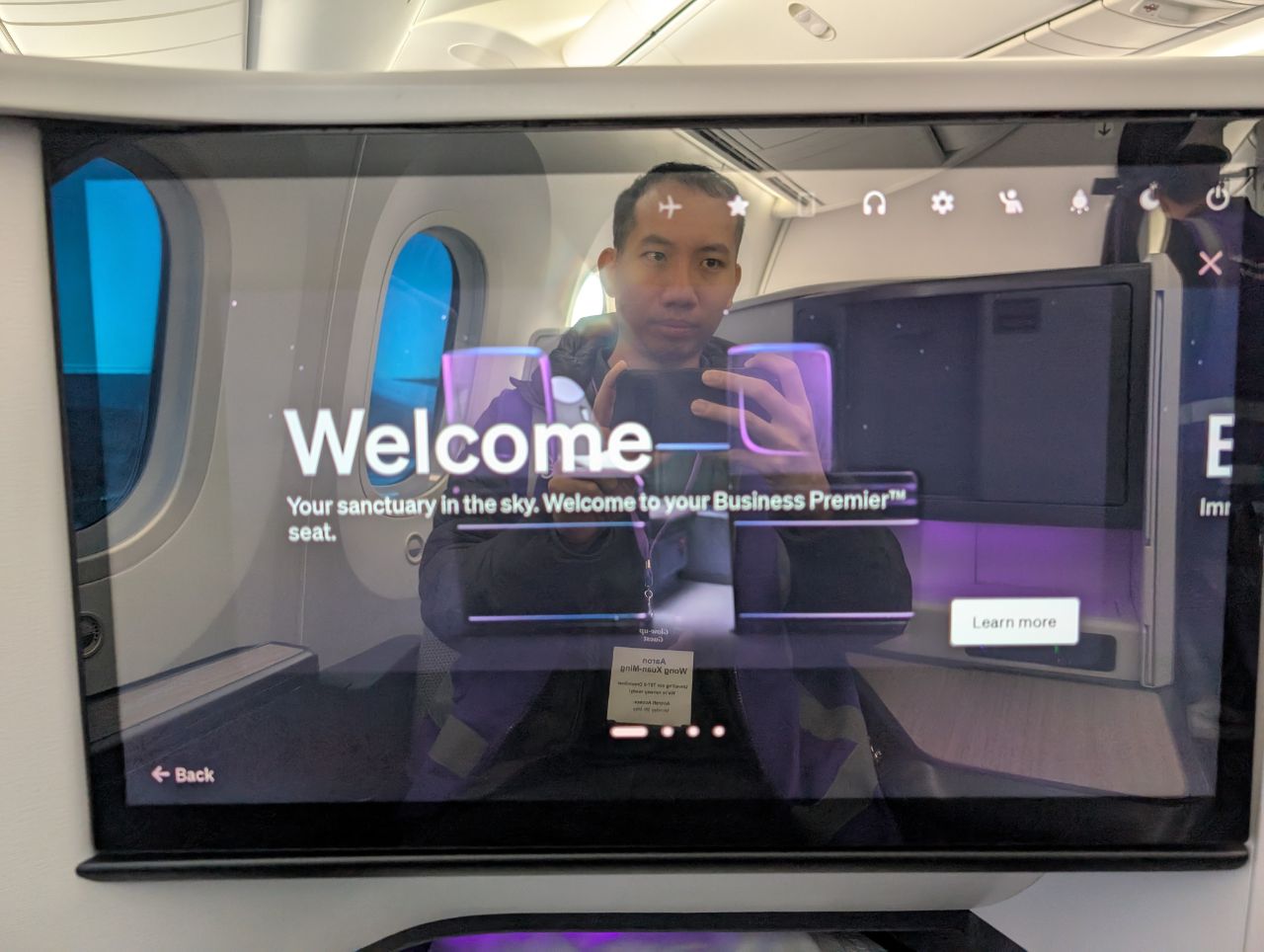
A modernised inflight entertainment system was installed during the retrofit, and Business Premier customers can enjoy it on 24-inch 4K screens.
In the limited time that I had to play around with it, I found the displays to be crisp and responsive, with minimal input lag. The system also supports Bluetooth audio connectivity, so you can pair your personal headphones if you wish. However, the connection is only one-way. You won’t be able to use the buttons on your headphones to pause or change the volume, for example (I distinctly remember this being possible with STARLUX).

Air New Zealand offers a respectable collection of movies and TV shows, though perhaps not as many first-run titles as you’d find on Emirates ICE or Singapore Airlines KrisWorld. I also wish they’d taken the opportunity to add live TV channels, though when Starlink gets rolled out to the international fleet then you can pretty much stream whatever you want.
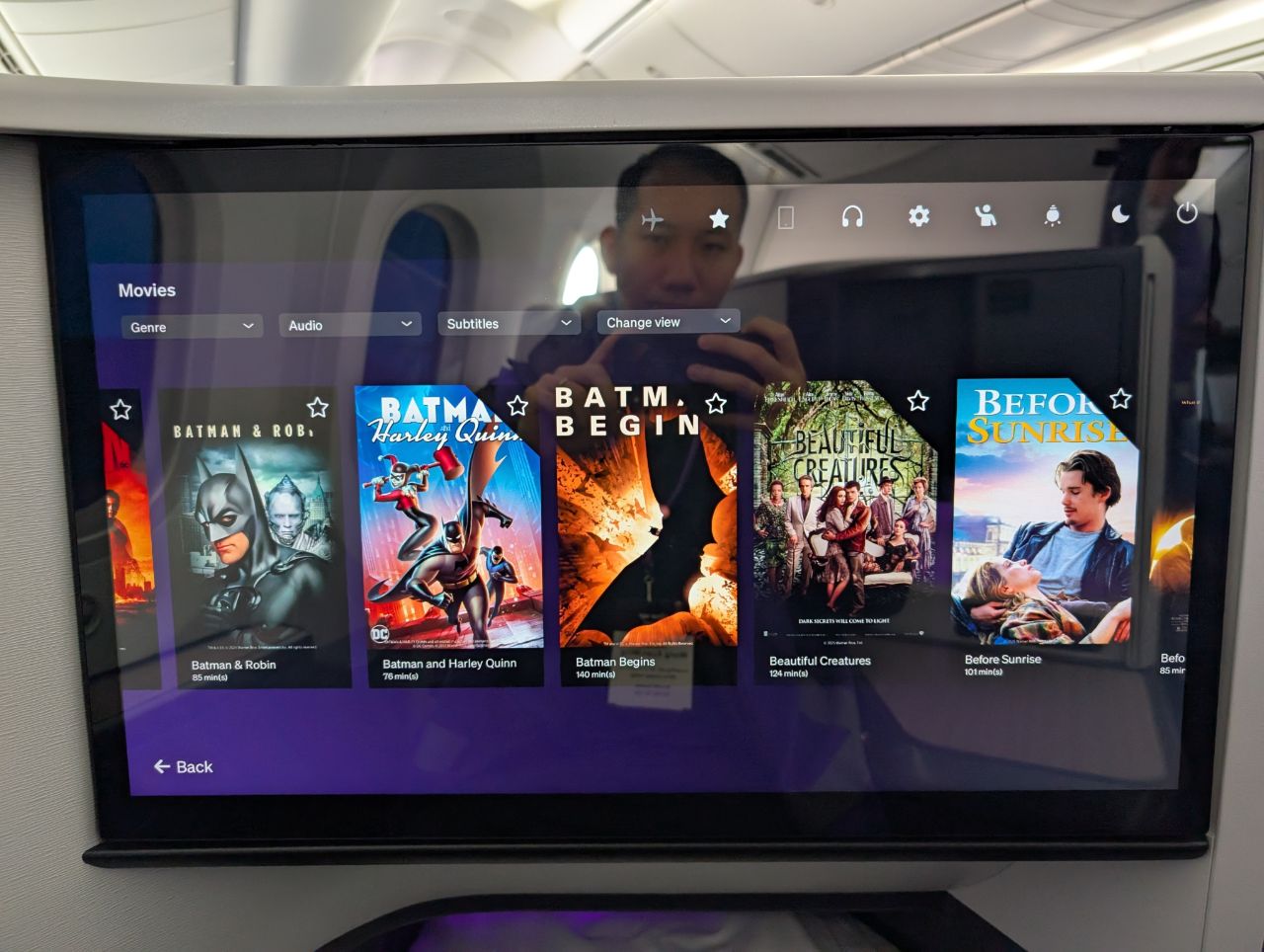

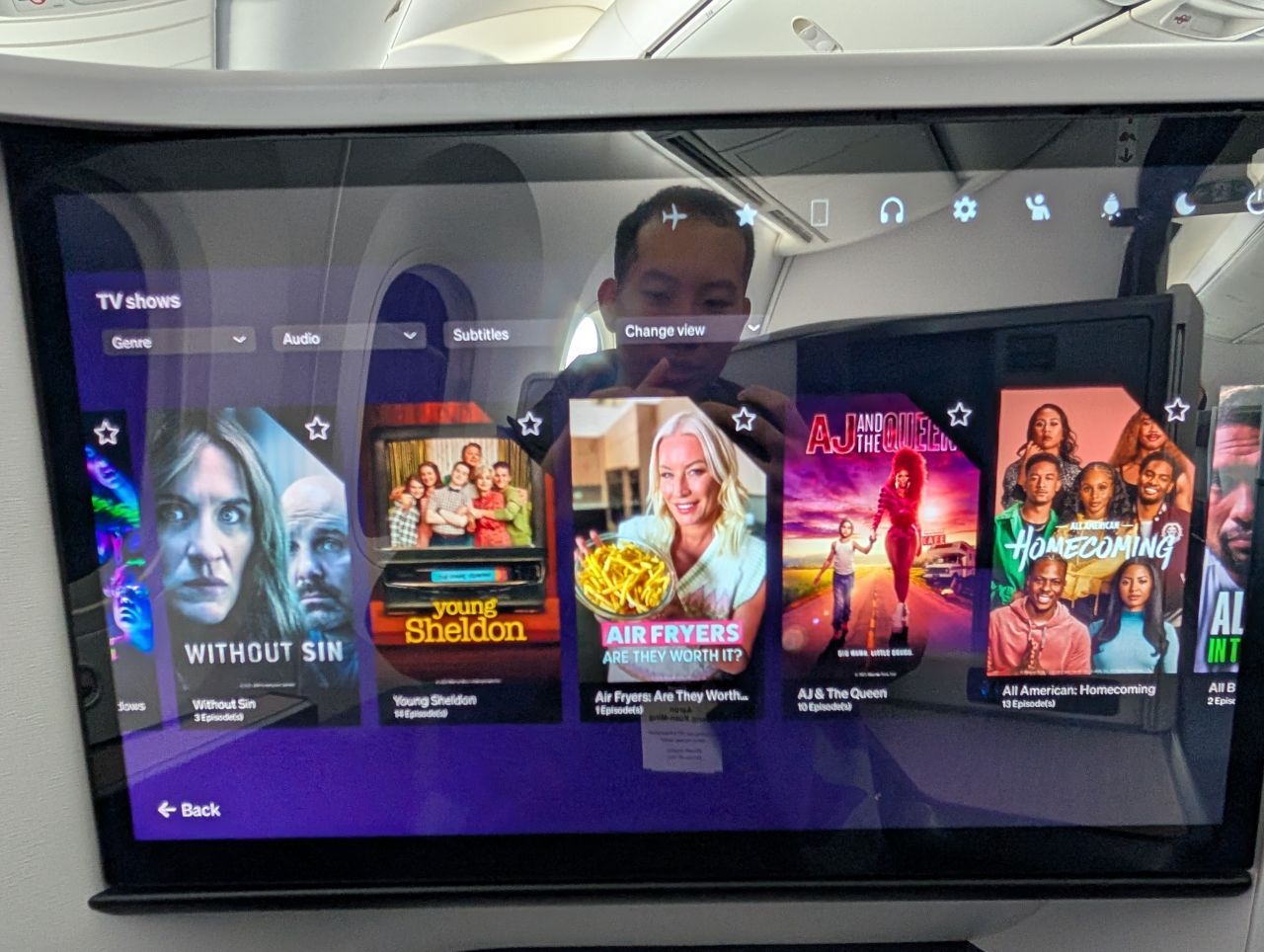
Tray table design

Just like the old Business Class seat, Air New Zealand has chosen to stick with a single piece tray table, which needs to be electrically released by pressing a button.
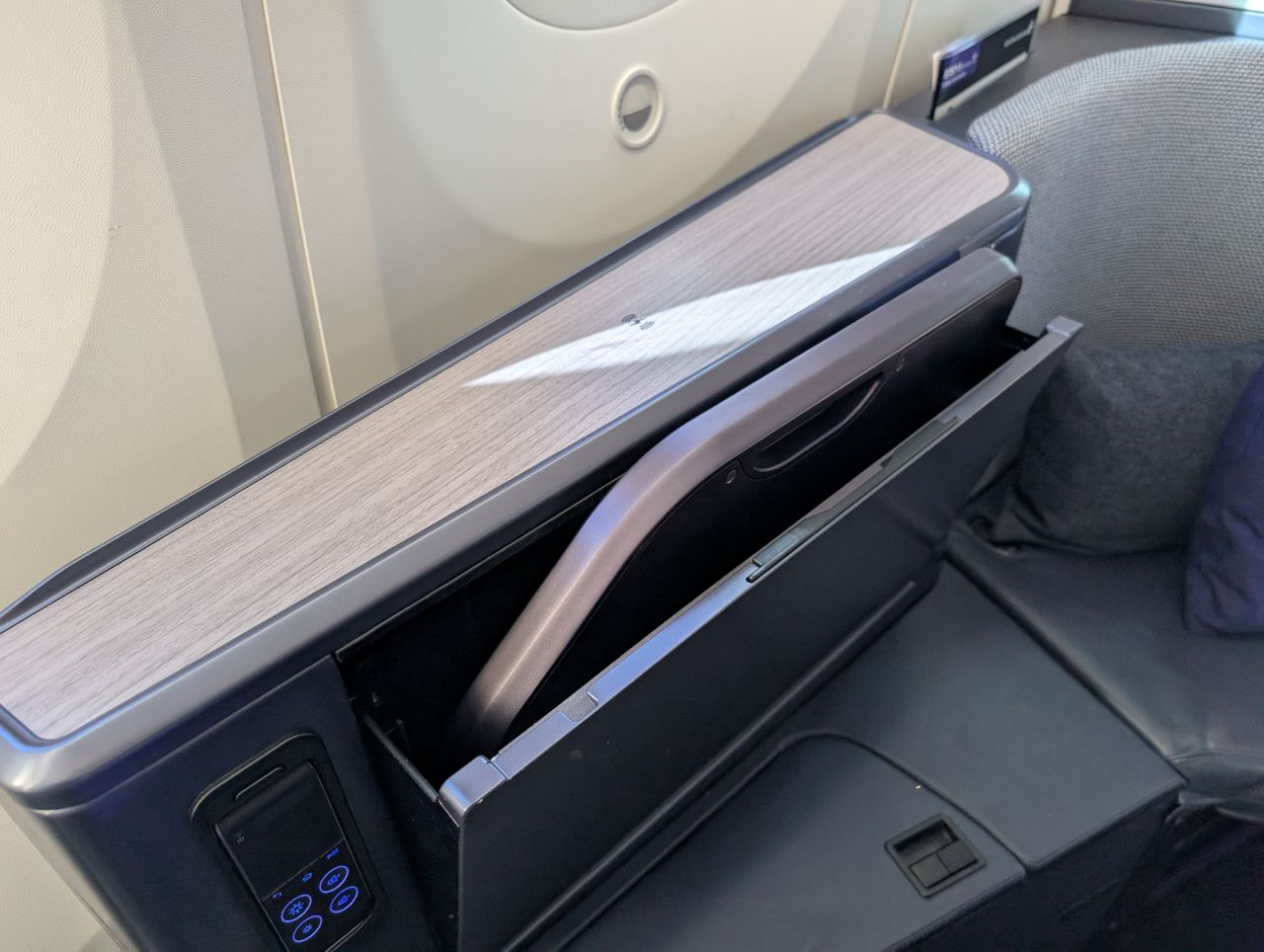
I forgot to field test this, but based on the photos I took, I’m concerned that passengers may not be able to easily enter and exit the seat with the tray table deployed. There doesn’t appear to be sufficient space between the side console and the tray table, nor is there room for it to pivot away from the seat.

This is not an issue in the Business Premier Luxe seats, as the rail is long enough for the tray table to slide forward and out of the way.
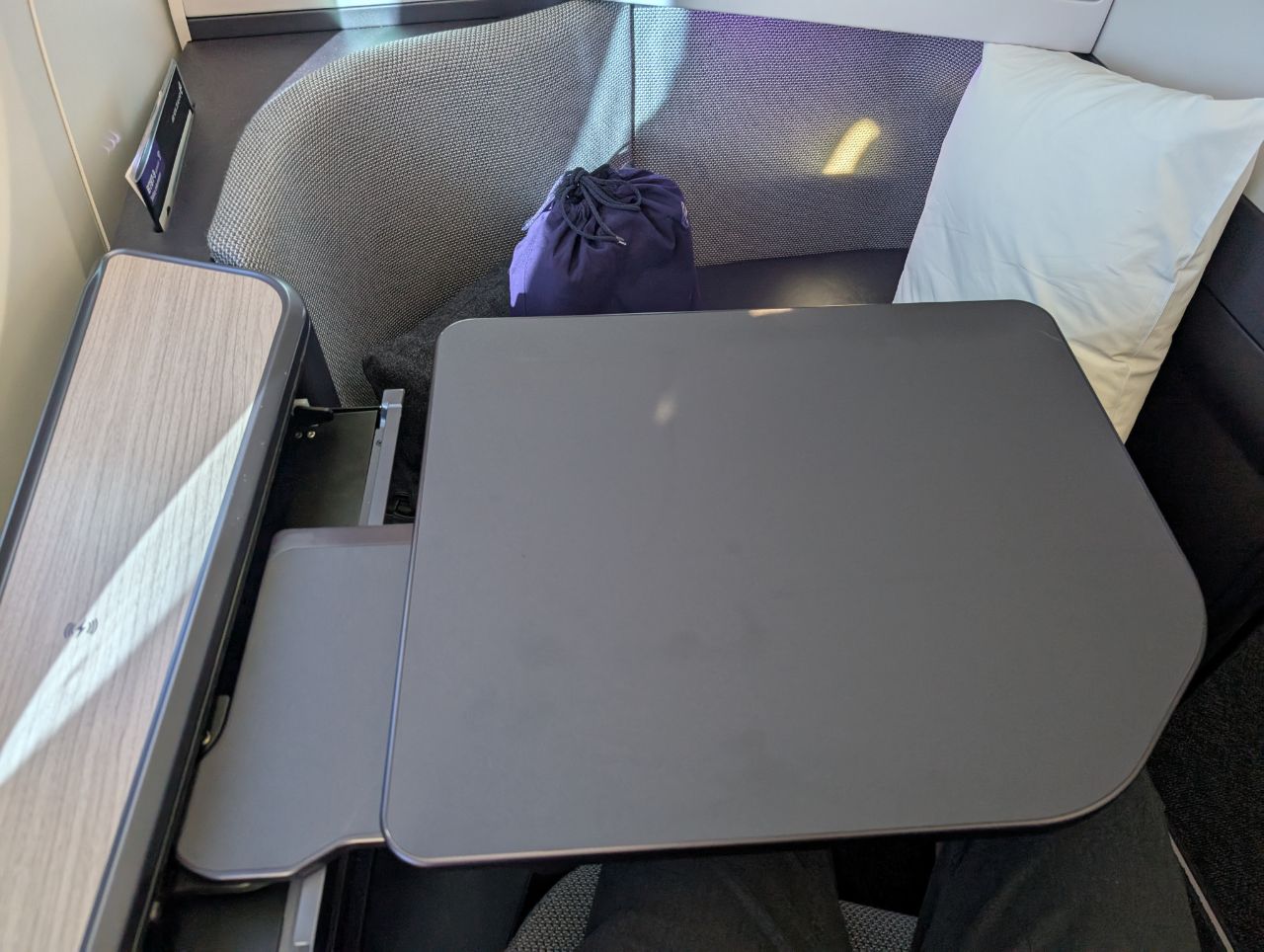
Storage options
Herringbone seats get a bad rep for storage space (and as mentioned, it’s virtually non-existent on Air New Zealand’s old Business Premier seat), but it shouldn’t be that big a concern here.
Passengers have several options for storing their personal items. The first is a cubby (with built-in mirror) located by the side shelf…
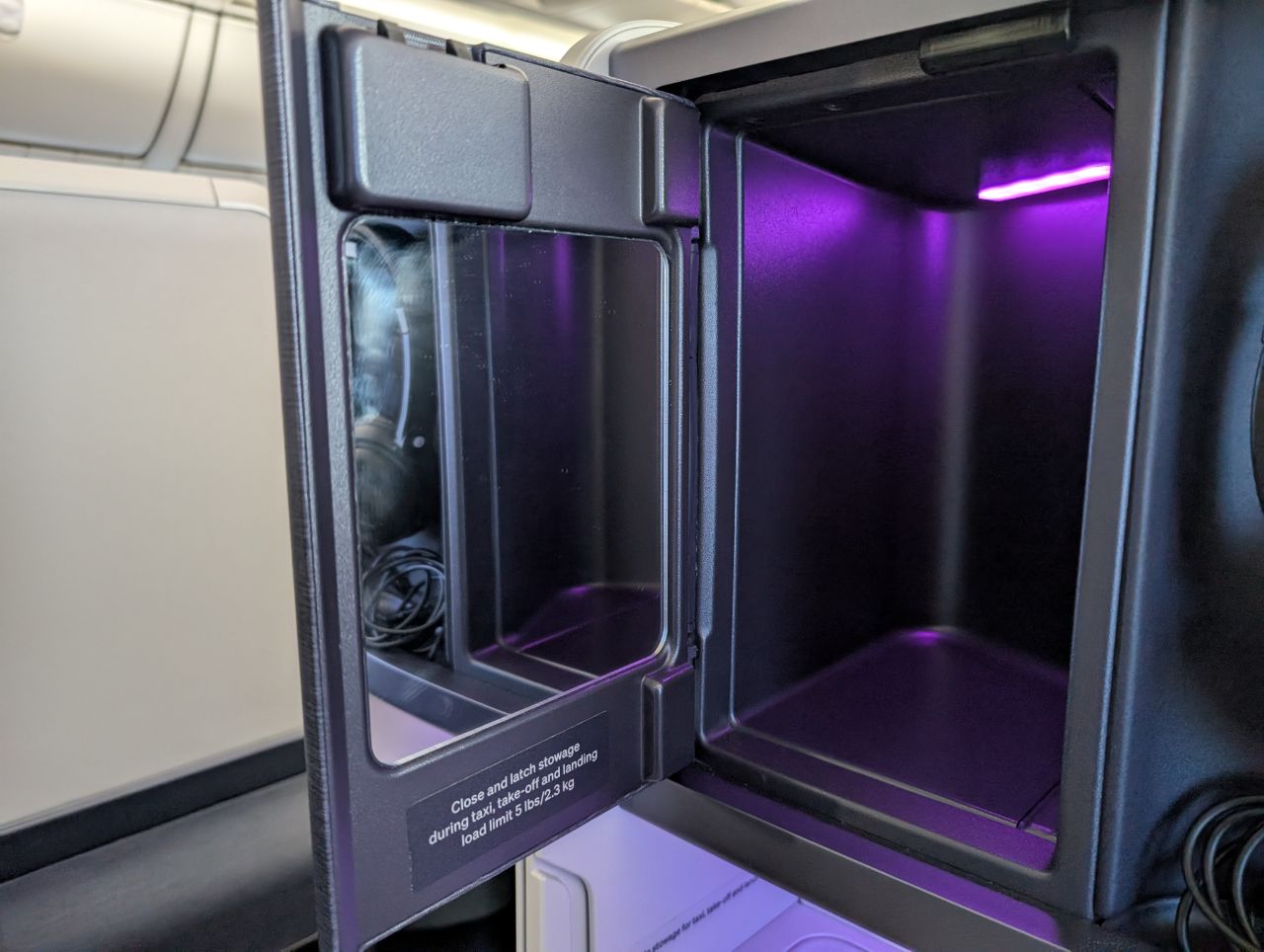
…the second is a stowage bin near their legs.
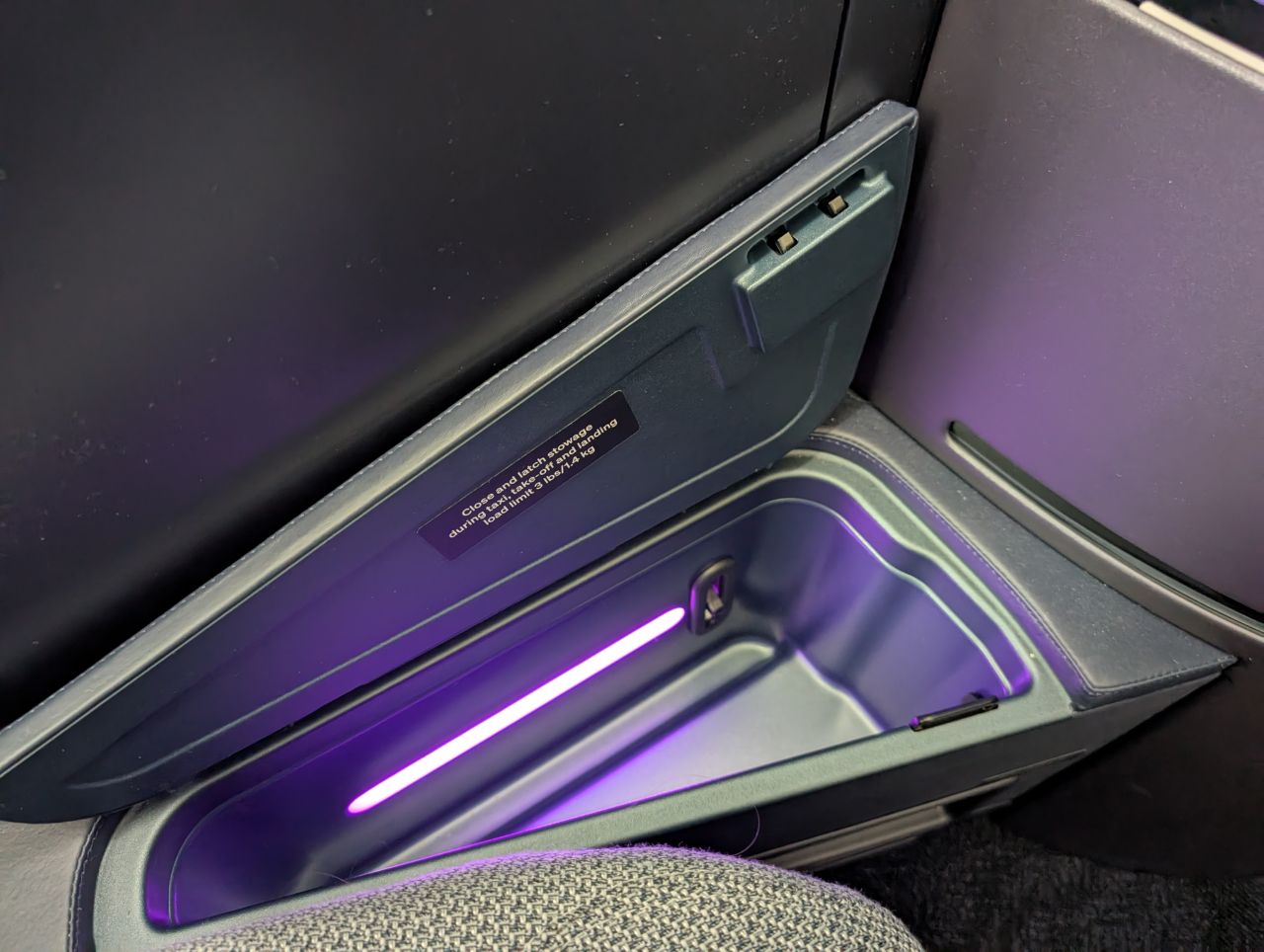
Of course there’s also the option of putting items on the side table itself, or in the small nook beneath the suspended cubby.
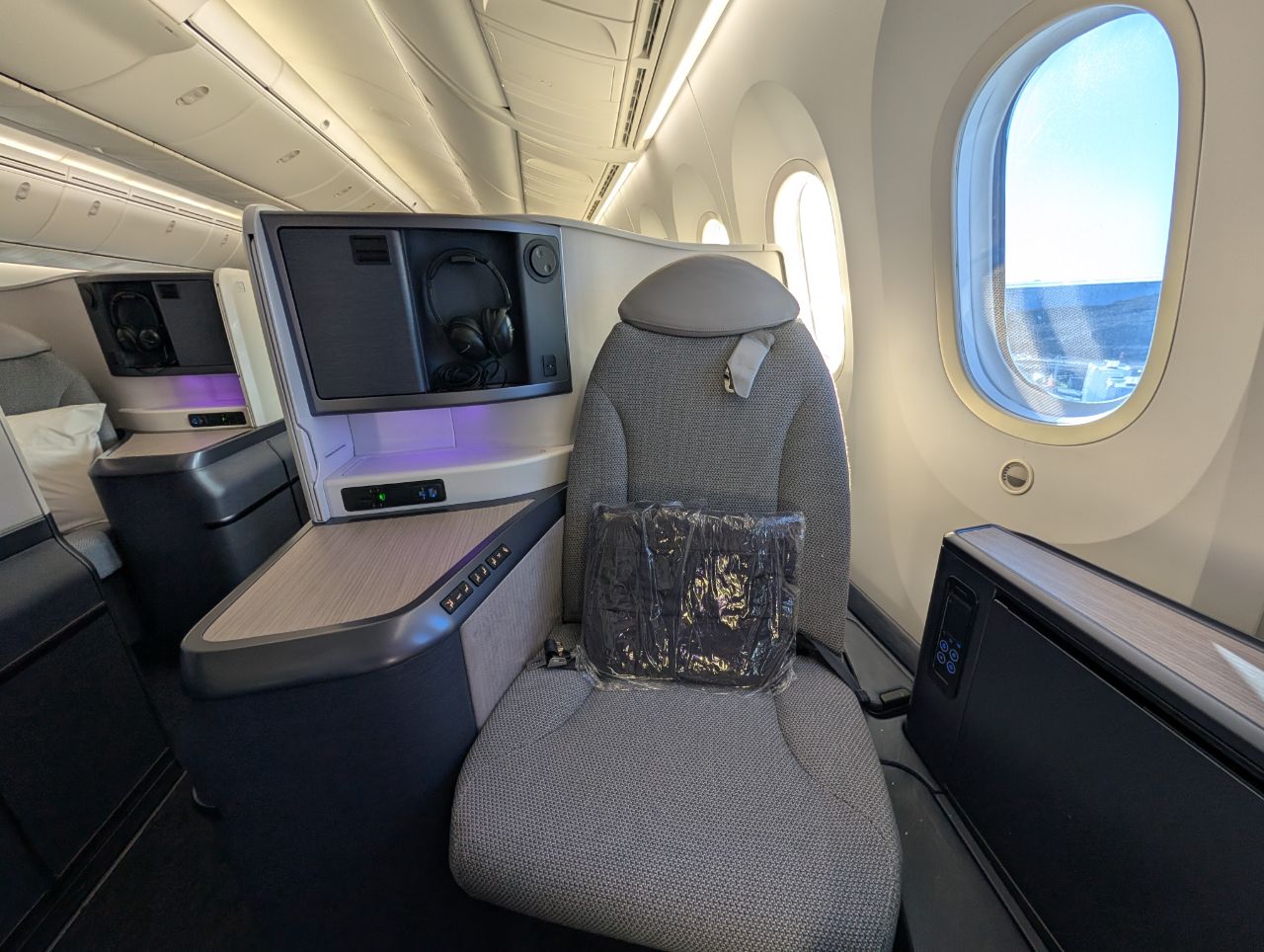
Power options
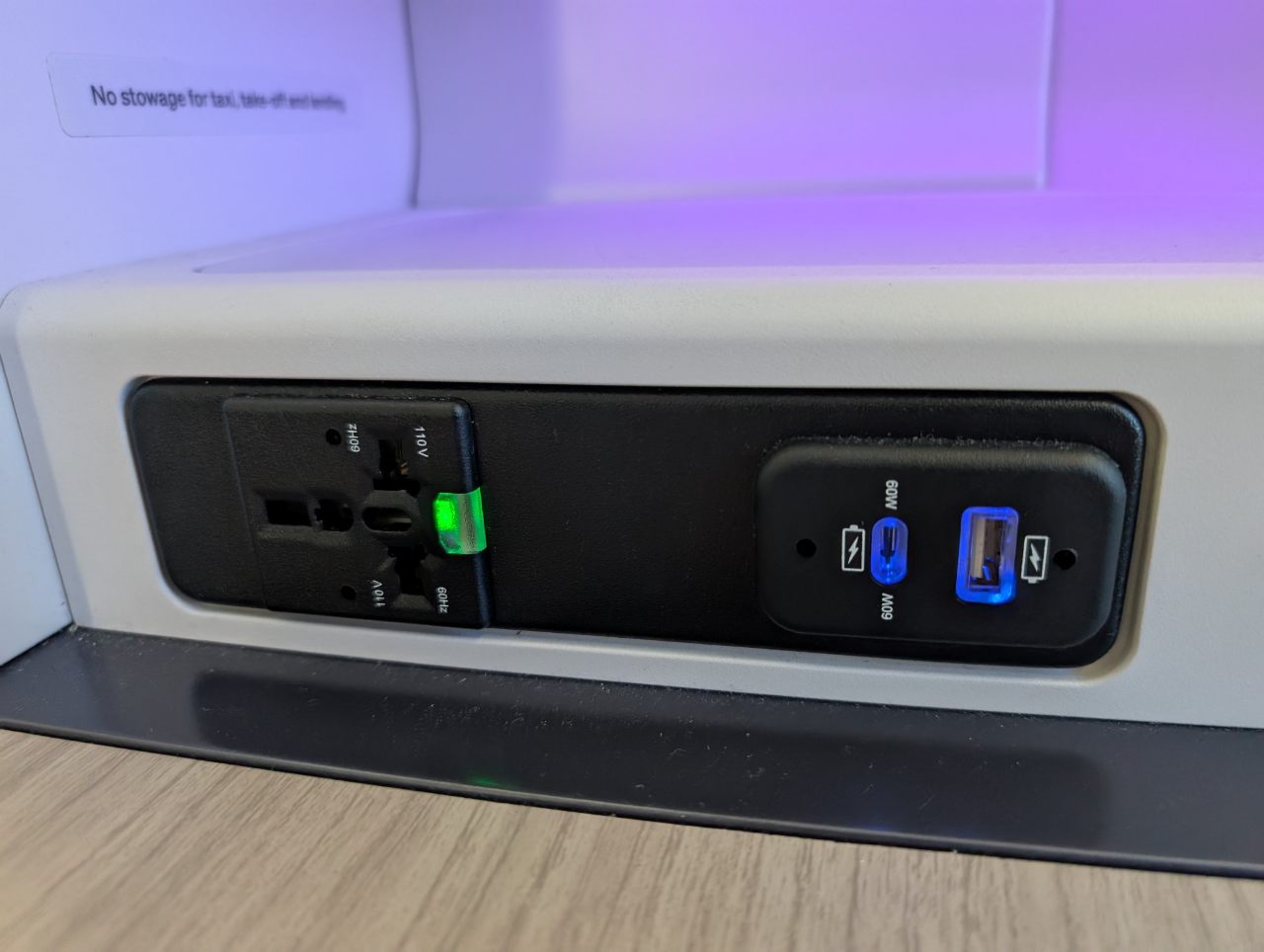
Business Premier seats will have a universal power outlet, a USB-A port and a USB-C port, rated at up to 60W. This is fast enough to charge a laptop with a suitable cable, without the need for a bulky power brick.
This is what you’d expect from a modern Business Class seat, but what I found particularly interesting is the wireless charging option, which I’m told is rated up to 27W. That’s very impressive if so, because it’s significantly more powerful than the mere 5W delivered by the first generation of aircraft wireless chargers.

For me, 5W is “why bother” territory. Your phone will recharge so slowly that the convenience of wireless charging is negated (remember, using the wireless charging pad also prevents you from using your phone in any meaningful way). 27W? Well, that’s a different story altogether. I’d probably still default to wired charging most of the time simply because I can’t stay off my phone, but if I were going to take a nap, I might consider wireless instead
I wasn’t able to get my phone to charge on the ground – presumably that feature wasn’t activated – but I also appreciate that they had clearly stenciled where the wireless charging pad is located for better alignment (compared to Cathay Pacific, which has gone so minimalistic with its Aria Suites that you can barely find the darn thing).
Air New Zealand Business Premier Luxe
Now I want to turn my attention to the first four seats in the cabin, which are designated as Business Premier Luxe. This is a “Business Plus” product that features a better seat, with Business Class service (the only difference in soft product I’m aware of is a merino wool throw).
It’s not sold as a separate cabin; rather, Business Premier customers will be able to select these seats for an additional NZ$210 to NZ$820, depending on route.
In terms of architecture, the main difference is that Business Premier Luxe seat have sliding privacy doors and an ottoman that can accommodate a second passenger (complete with seatbelt for couple dining.
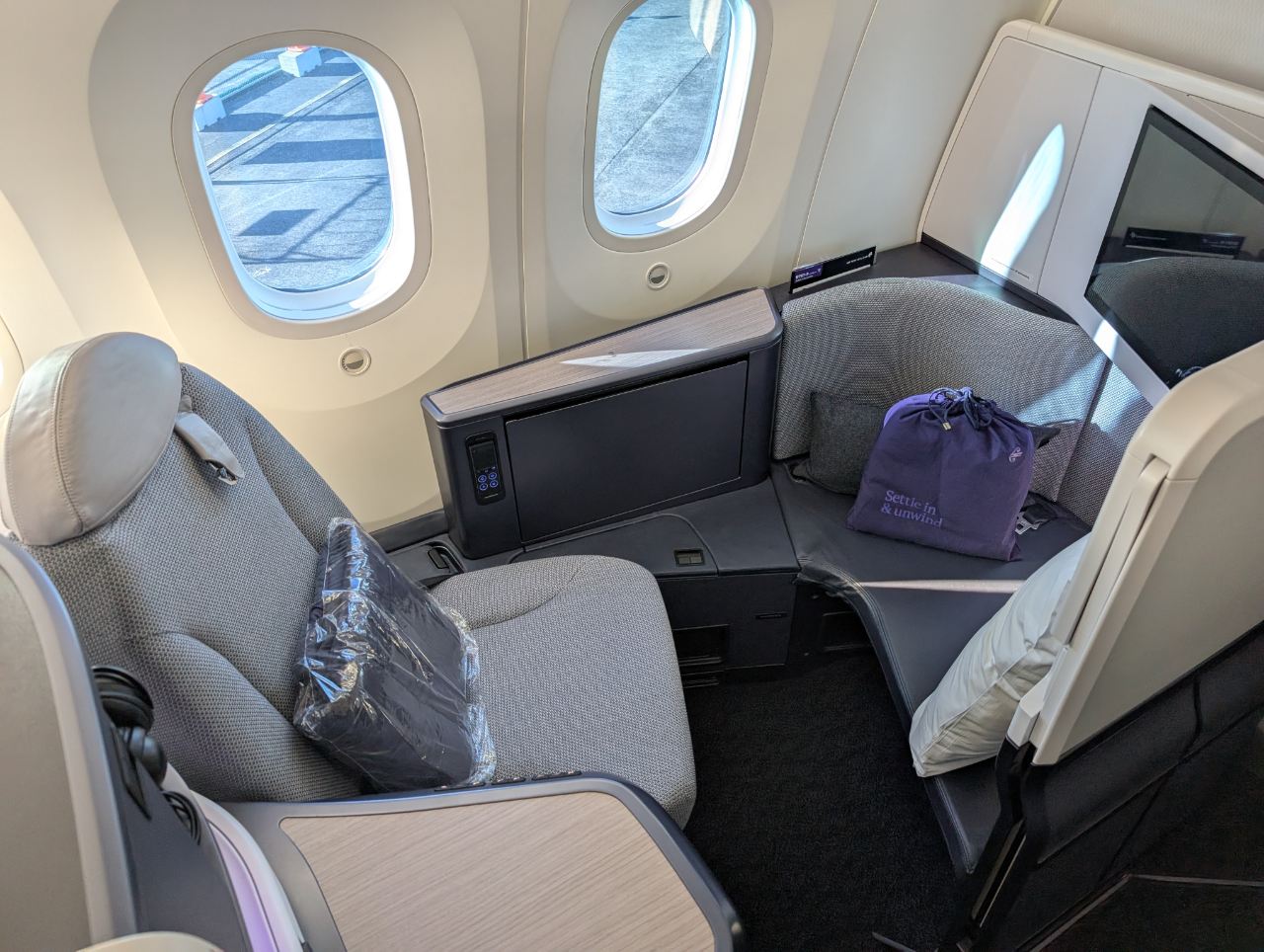
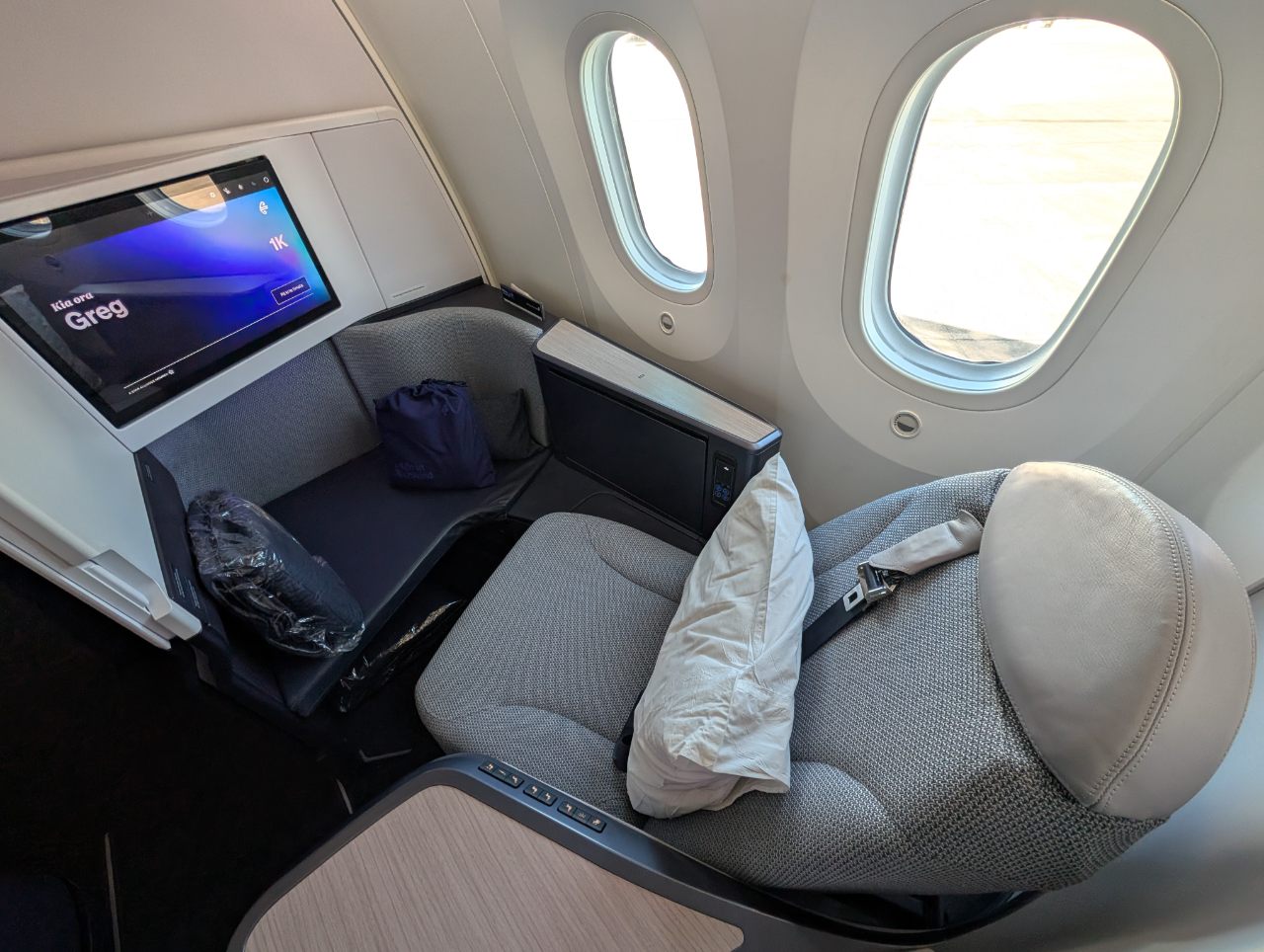
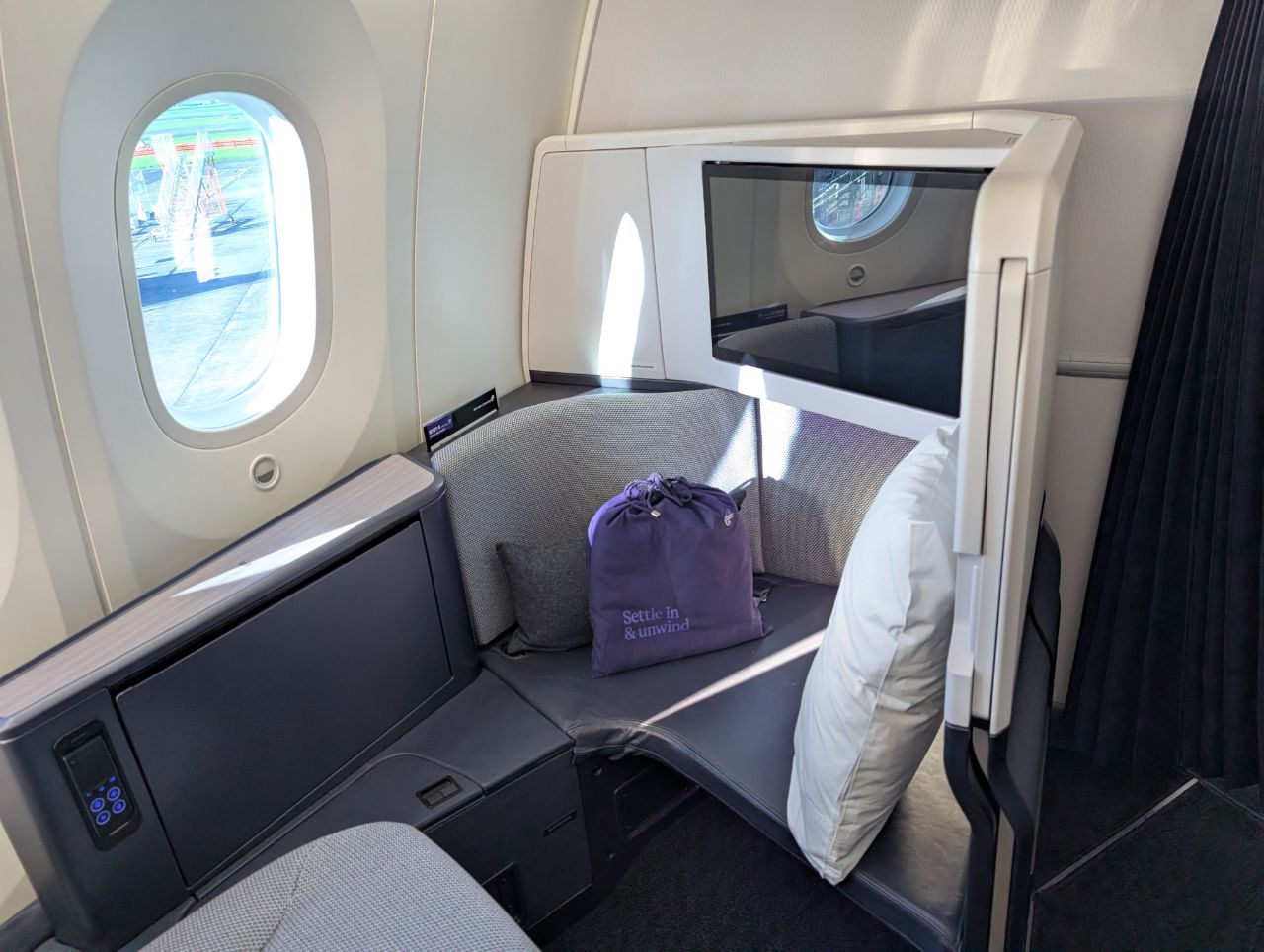

With the doors closed, the centre two seats become a “double suite” of sorts, but I use the term loosely because there’s no double bed option, nor can the middle divider be fully removed. You’ll still be mostly physically separated from your companion.
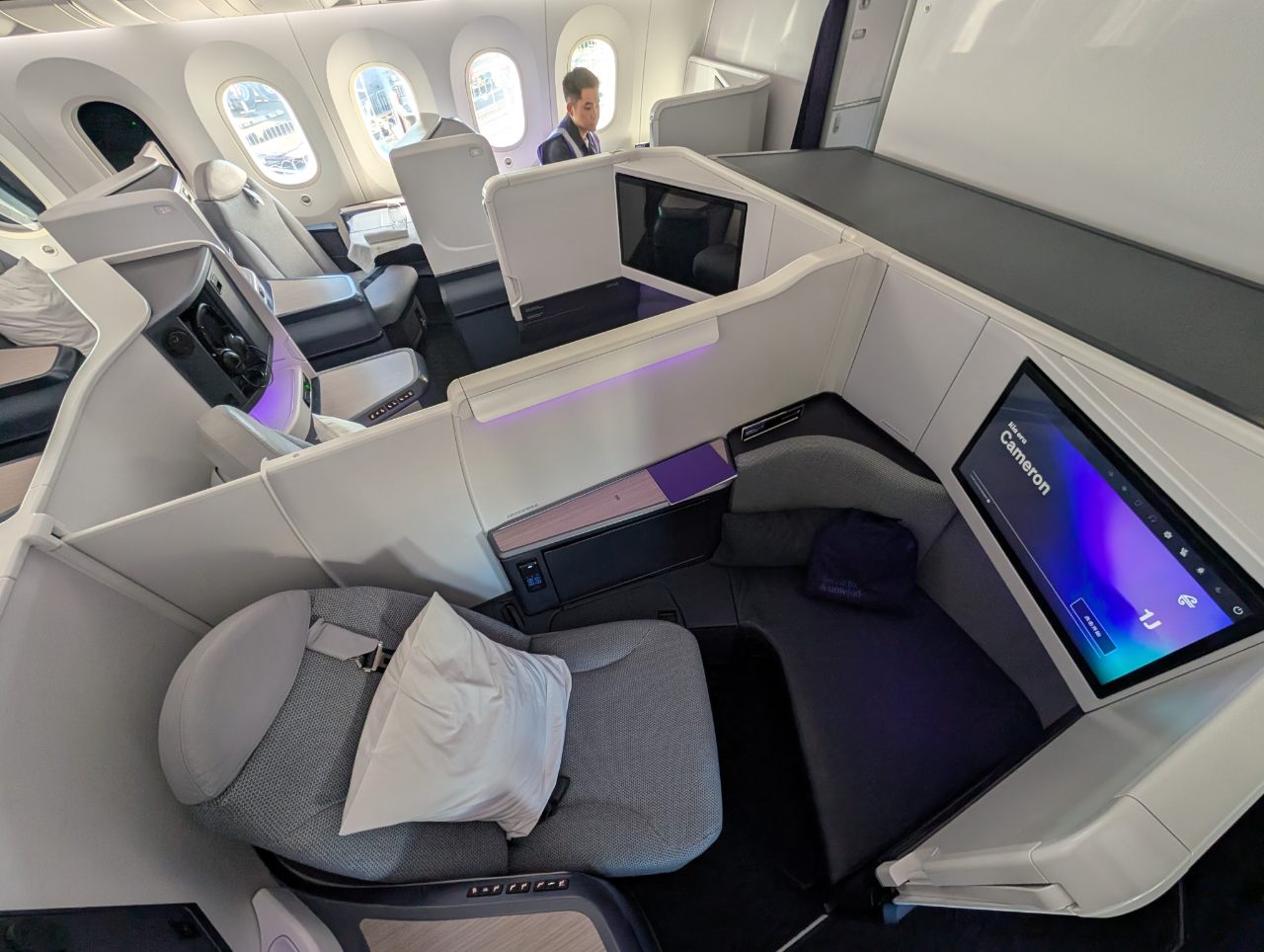
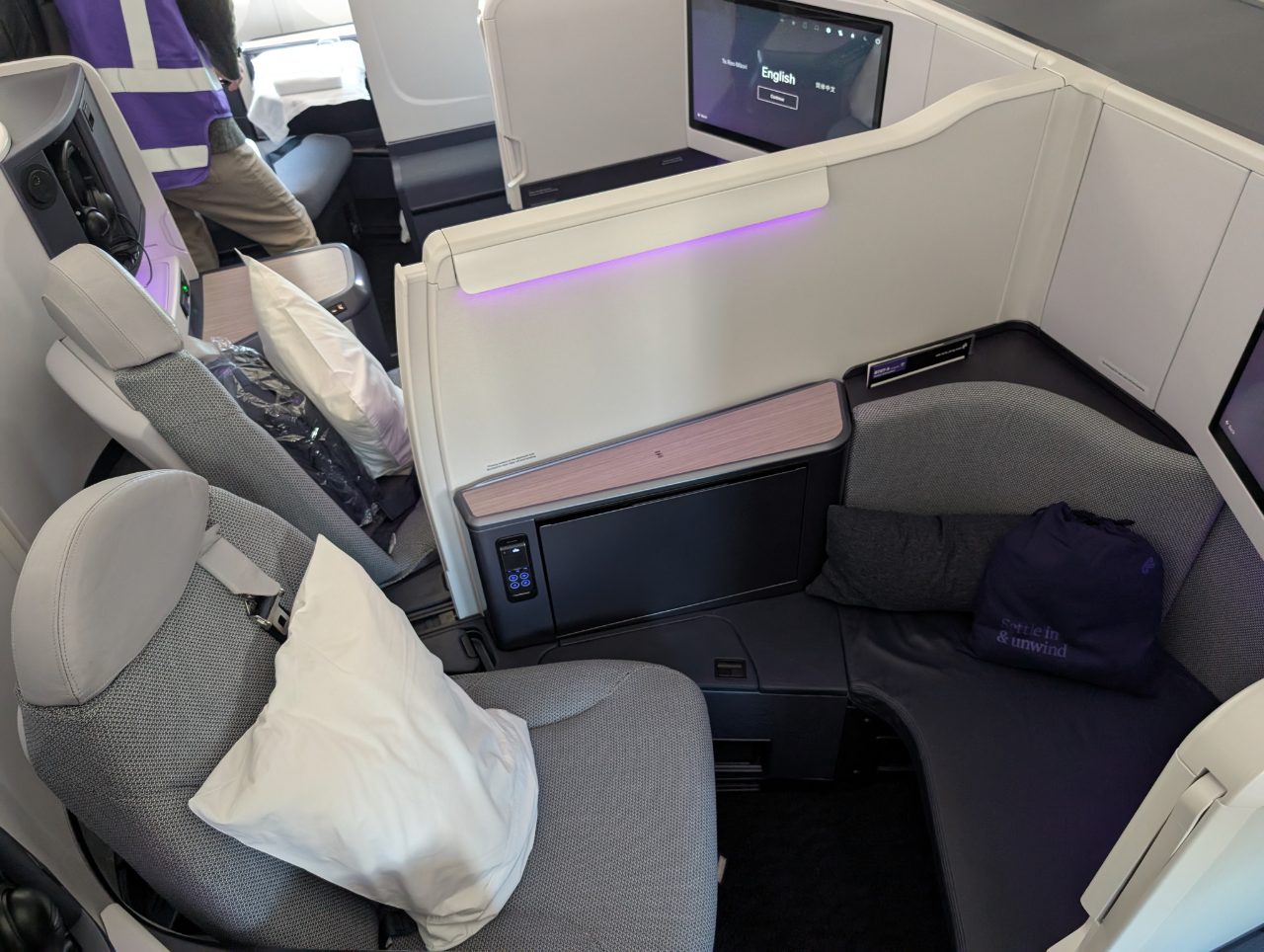
As the entertainment screen is relatively further from the seat, there’s also a remote to operate it, should you not wish to pair the system with your phone.
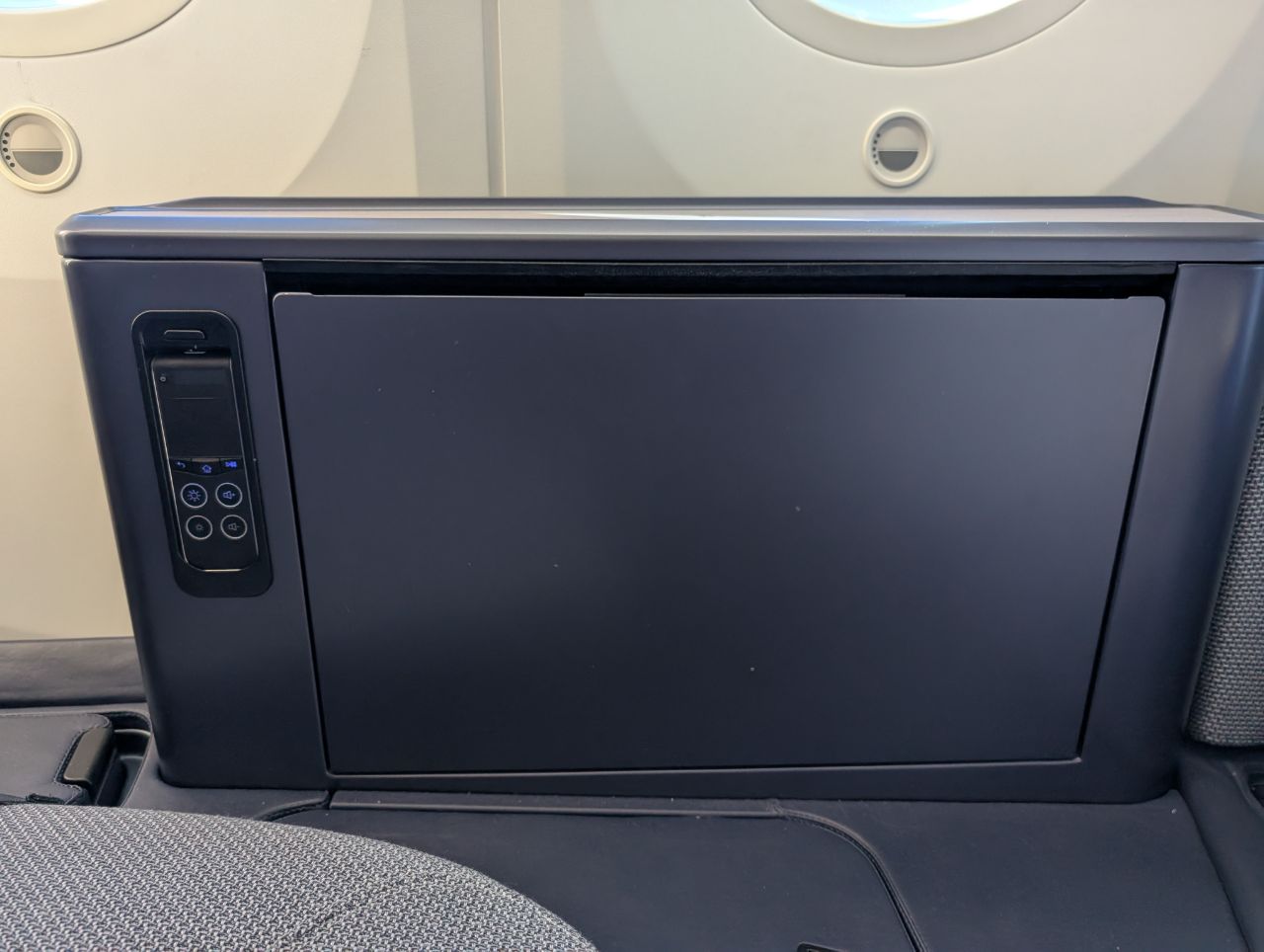
As far as “Business Plus” seats come, this looks to be a solid product. I’m glad Air New Zealand hasn’t tried to sell these as First Class (the way STARLUX has) because it’s fundamentally the same Business Class seat with the added benefit of extra space and a full ottoman. I just wish the middle seats could have been built in a way that allows the divider to be fully lowered for a true couple experience.
Conclusion

There’s no doubt that Air New Zealand’s new Business Premier seats are a much-needed upgrade, offering greater comfort, improved privacy and modern features like 4K screens, USB-C ports and fast wireless charging.
But is it enough? The airline has made a big decision to stick with a herringbone layout, and with doors being almost de rigueur for next-generation Business Class seats, one wonders whether passengers will be willing to overlook their absence. I also don’t think it offers the best couple travel experience, because the seats face away from each other and the privacy dividers can’t be fully opened.
If it’s a question of value though, then I’d readily choose this over Singapore Airlines, given that Air New Zealand’s Business Class is often priced 10-15% lower. This seat can more than hold its own against Singapore Airlines’ current long-haul Business Class, and wins in terms of technology (and probably sleep experience too, though obviously I’ve yet to try it firsthand).
What do you make of Air New Zealand’s new Business Premier seat?
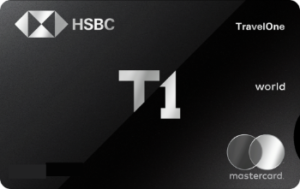


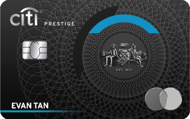


Not having doors Perhaps they really wanted to add value to the plus seats upfront. Else no one would consider them or have much added value. Space while nice would probably not be valuable since the baseline seat is pretty decent. Additionally since their market is probably their own country folks (doubt any other folks would go all out to NZ) this is a serious upgrade from their current coffin class seats (yes that’s a real name the industry gave to these seats especially on CX) NZ is pretty far from the world so fuel savings might be significant Once… Read more »
Given that NZ only upgrades its seats once every couple of decades, these seats need to be cutting-edge. There are no doors. There is nothing particularly special or groundbreaking, bar a bit of tech. Nothing even for the Marketing team to get behind, where luxe sells. NZ seems to be average and beige in their premium cabin….Now when we talk Skycouch and SkyNest in Y, there’s something to bleet about.
“if you hate doors so much, just leave yours open”
Except many crew would shut it on you. QR, EK and probably others I’m not remembering.
In J, every mm counts as you pointed out. Feel like a door eats into the width I’d rather have as my bed when sleeping.
I’d rather have a wide footwell and wide seat rather than…a door, that doesn’t even work that well. This is not F where we can spend 30cm width on a frill like personal closets with hangers.